Chrysanthemum flowers - a description of a perennial plant. Instructions for planting and care with photos
Chrysanthemum is an annual and perennial plant from the Astrov family. China is considered her homeland, where she gained fame for the "flower of the Sun." According to Eastern traditions, those who grow chrysanthemums will have a long and prosperous life.
Today, chrysanthemum is found not only in the East, but throughout the world, and its popularity does not fade. Thanks to the efforts of breeders, many species and forms of this plant have appeared. Chrysanthemum is the subject of pride and admiration for any gardener.
No wonder she is called the queen of autumn - chrysanthemum flowers delight the eye from August to November. Rapid flowering continues until the first frost, some plants withstand temperatures up to -7.
In open ground, the height of the stems can reach 80 cm, but for the winter they need to be cut to 15-20 cm and insulated with leaves, spruce branches and peat. With proper care, the chrysanthemum can withstand wintering not only in a temperate climate, but also in the northern latitudes.
Types and varieties of chrysanthemums
There are a huge number of classifications of chrysanthemums by species and varieties: in America there are 15, in Europe - 10. A favorite of flower growers, she continues to amaze with a variety of colors, shapes and sizes. In this article we will consider the main classes of chrysanthemums.
Garden chrysanthemums
By life expectancy:
- annuals (Nivea, Gold Krone, Orion, Helios - bloom from early summer to frost, unpretentious)
- perennial (Talisman, Evening Lights, Barbarian, Amber Lady - are divided into tall, medium and curb, great for landscape design).
By flowering time:
- early (Anita, Pearl, Reflex) - in August - September
- medium (Orange, Viking, Sivena) - in September - October
- later (Ribonet, Rivardi, Champagne) - in October - November
According to the size of the inflorescence:
Large-flowered (Excel, Dimlomat, Zlata Prague). The size of the spherical bush reaches 60 cm. Such chrysanthemums are usually grown for bouquets. Important! This species is not frost-resistant, i.e. for the winter it needs to be dug out of the open ground.
Srednetsvetkovye (Champagne Splashes, Golden Fleece). The diameter of the flower is from 8 to 16 cm, the height of the bush is 40-50 cm. Used for decorating and making bouquets. Can be grown in a pot on the balcony or porch.
Small flowered (Korean) (Etna, Multiflora, Santini). The diameter of the flower is up to 9 cm, the bushes are tall. The most frost-resistant species, grown both in open soil and indoors.
In the form of inflorescences:
Not terry (simple) (Eldorado, Masquerade, Joy). Outwardly similar to chamomiles, unpretentious, bloom from June to the first frosts.
Anemic (Eleanor white). The diameter of the flower reaches 15 cm, flowering is plentiful and long.
Half Terry (Amazon, Sorceress, Isabelle). They have a flat shape with a raised center. Relate to early varieties, have a long flowering period and are resistant to dry climates.
Bent Off (Gillette, Max Riley, Crimson). Represent a variety of terry varieties. They got their name because of the petals bent down. Such chrysanthemums are often used for photos in bouquets and compositions.
Spherical (Umka, Fortress, Broadway). Outwardly resemble a ball or cone. Poorly tolerate frost, photophilous.
Curly (Vesuvio, Anastasia Green). The diameter of the flower is 12-14 cm, have a spherical or hemispherical shape. Petals sticking out in different directions and bent upward resemble curls, hence the name.
Pompoms (Grace, Denis, Bob). It has a dense inflorescence in the shape of a ball with a large number of small petals, which makes it look fluffy.
Planting garden chrysanthemums
Chrysanthemums are very photophilous, so you need to choose a landing place with the condition that it will be lit at least 5 hours a day. Also, flowers are afraid of waterlogging of the soil, so it is better to plant them on a hill. The roots of the plant do not tolerate moisture retention and need adequate ventilation, otherwise the flower will not survive the winter and die.
It is possible to plant bush chrysanthemum in spring and autumn. However, according to experienced gardeners, it is worth giving preference to the spring period, so that the plant has time to take root and take root. Landing is best planned on a cloudy day or early morning.
Young shoots must be clipped when the first 8 leaves appear on them - this will allow the bush to grow better. For high grades, be sure to prepare the supports.
Care
Chrysanthemums prefer abundant watering and loose soil. When watering, try not to drip on the leaves.
Remember fertilizer: at least three times during the growth period. The choice should be made in favor of nitrogen and potash, they will help the plant grow lush foliage and a large number of inflorescences.
Indoor Chrysanthemums
Home chrysanthemums are usually small in size, bloom profusely, but the flowers are small, from 2 to 5 cm in diameter.
There are three main varieties:
- chinese
- indian
- korean
Caring for chrysanthemum at home is easy. Lighting, temperature and watering are the three main conditions under which the plant will feel comfortable and delight with long flowering.
Temperature mode
Chrysanthemum is not a heat-loving plant, so in summer the temperature should be in the range of 20-23 ° C, in autumn and spring - 15-18 ° C, and in winter - not higher than 8 ° C.
Lighting
The light should be scattered, so it is better to choose a place for a flower with windows to the east or west, because the chrysanthemum does not tolerate both bright sunlight and lack of lighting. An ideal place for her would be a cool veranda or balcony, and in summer it can easily be placed in the courtyard or outside the window.
Watering
Do not forget to regularly water and spray the plant. Chrysanthemum loves water, so watering should be done twice a week.
But do not overdo it: water in the pan should not accumulate. In the warm season, it is advisable to spray the leaves in the morning and evening.
Fertilizer
If you want to achieve dynamic growth of chrysanthemum, transplant it annually into a larger pot and apply fertilizer on time: during foliage growth - nitrogen, when tying buds - phosphoric-potash.
Care after flowering
Do not neglect the rules for caring for chrysanthemum after a flowering period. Dry inflorescences must be removed, and shoots - pruned.
The pot with the plant should be placed in a cool place and left there until spring. When new shoots appear, the flower is transplanted and returned to its original place at room temperature.
Photo of chrysanthemum flowers
Decorative moss: 75 photos of breeding and application in landscape design
Quince - a detailed review of the fruits.Planting and care at home
Roof lathing: device, dimensions, choice of materials + installation instructions with photos
Chicken feeder: basic requirements and overview of available options (90 photos)
Join the discussion:
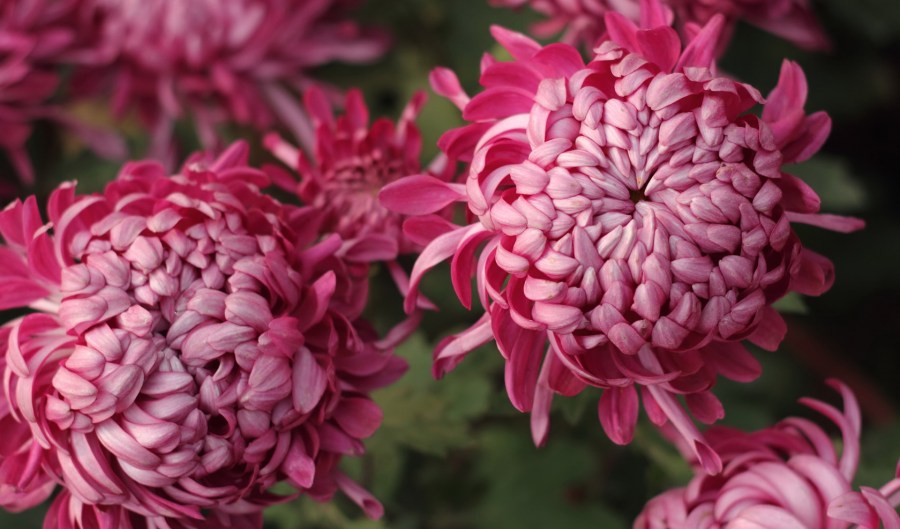
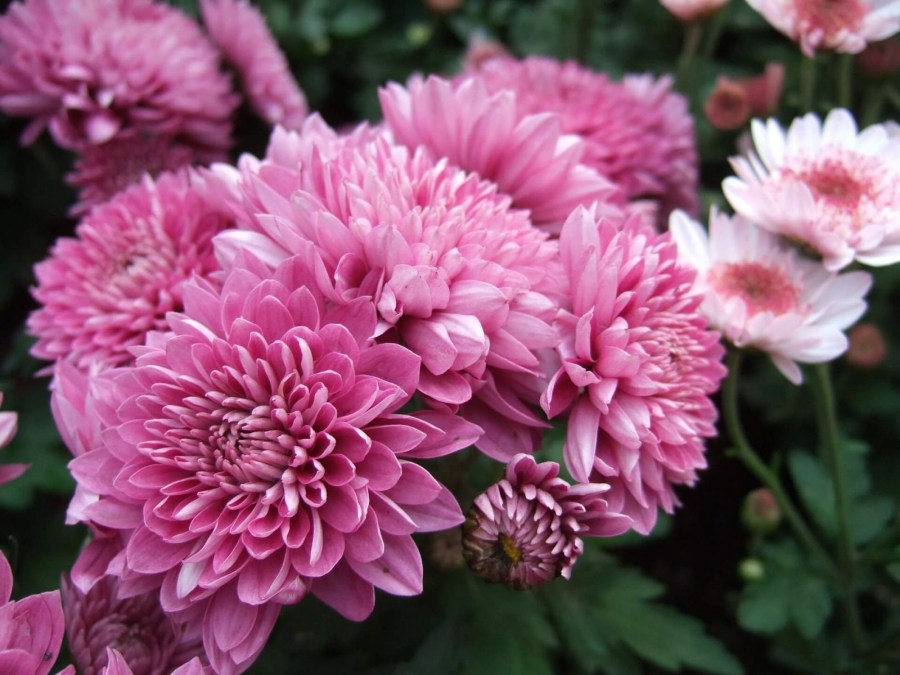
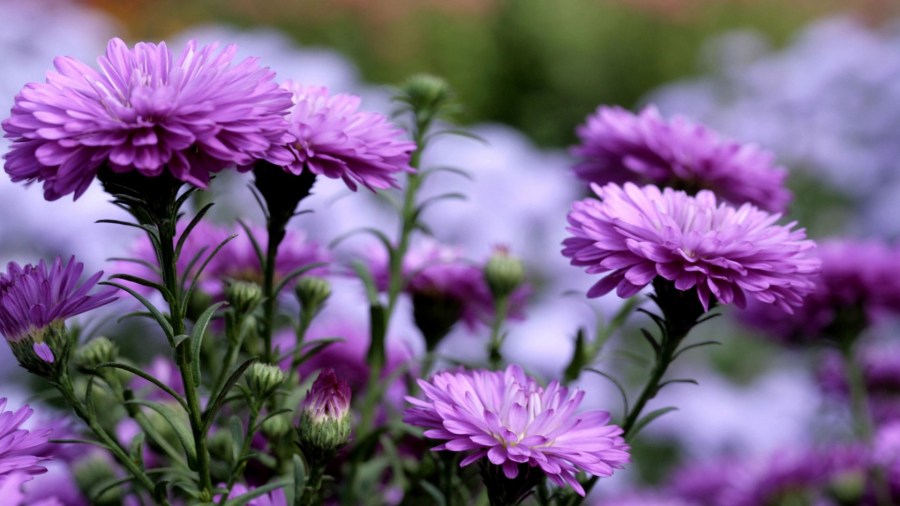

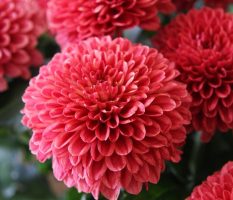
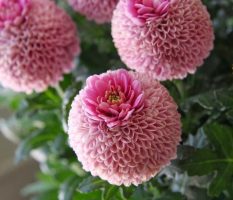
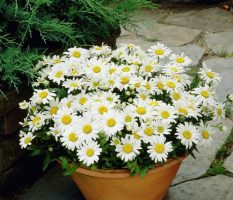
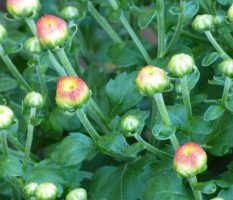
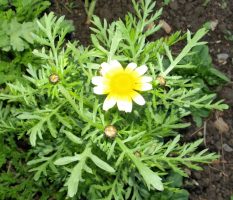
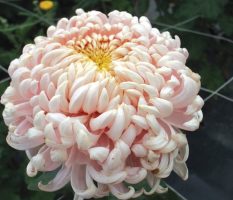
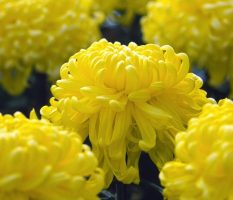
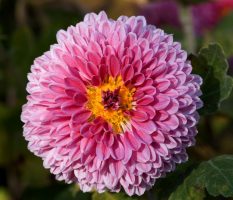

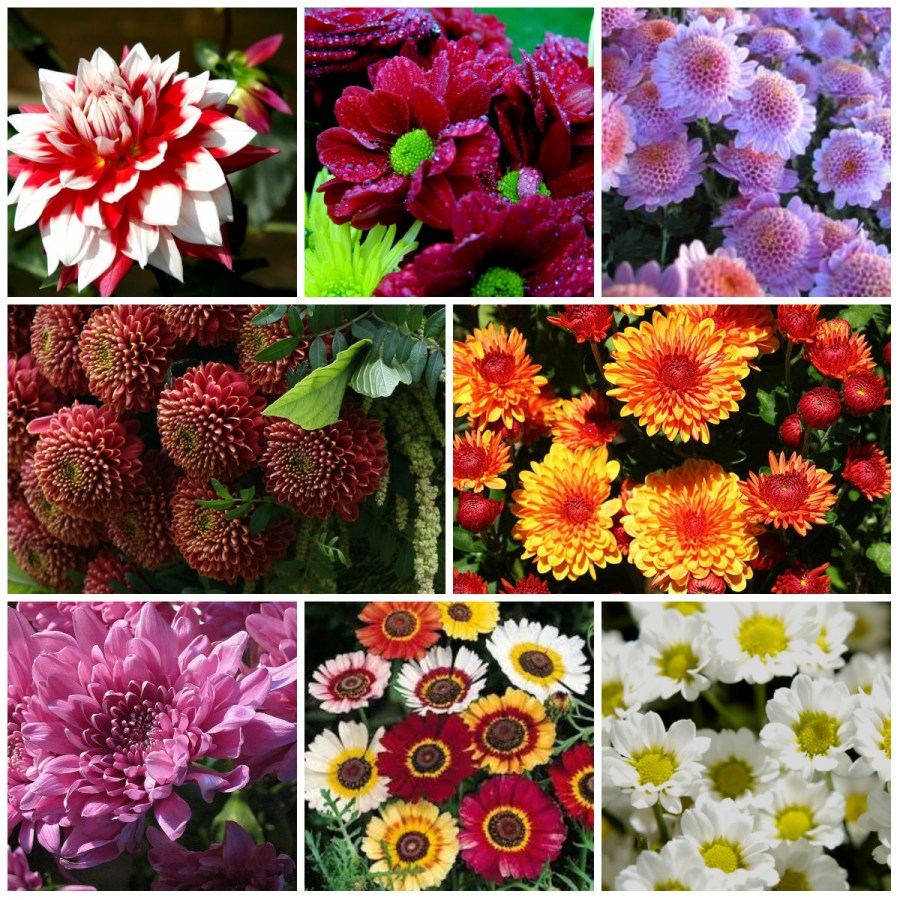

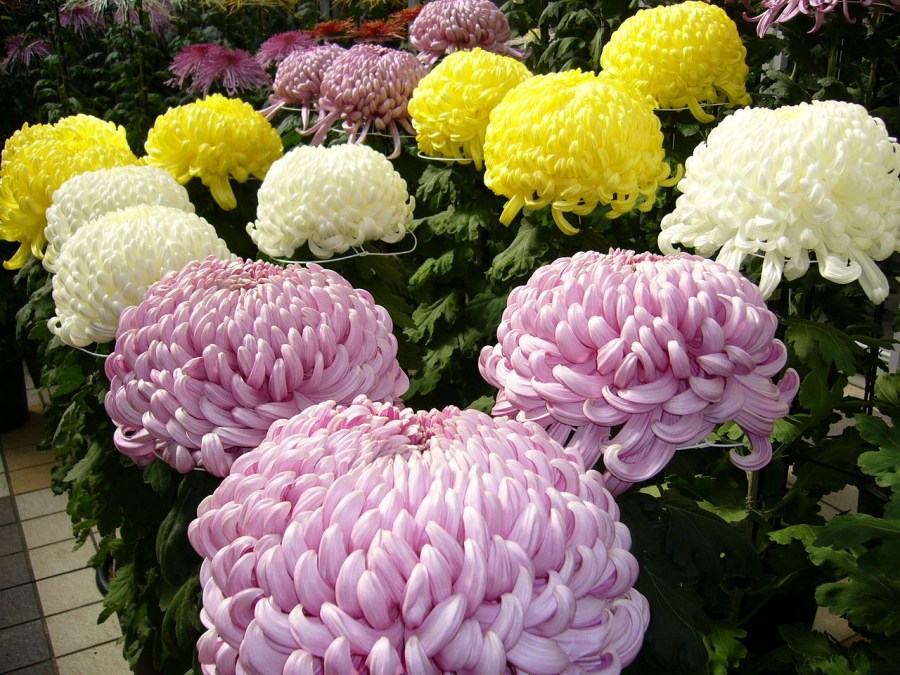
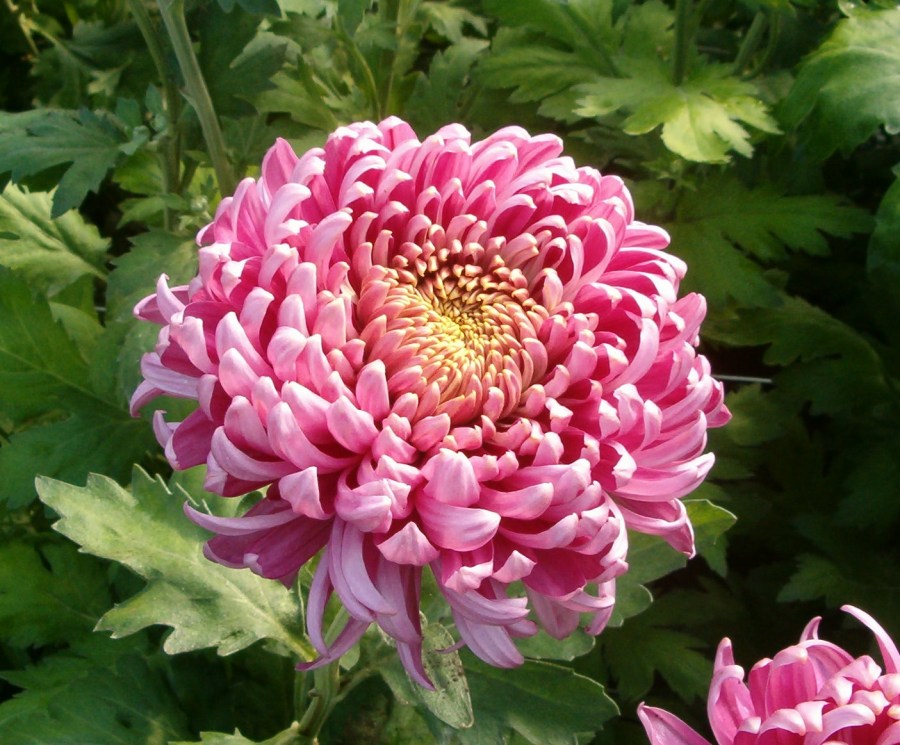

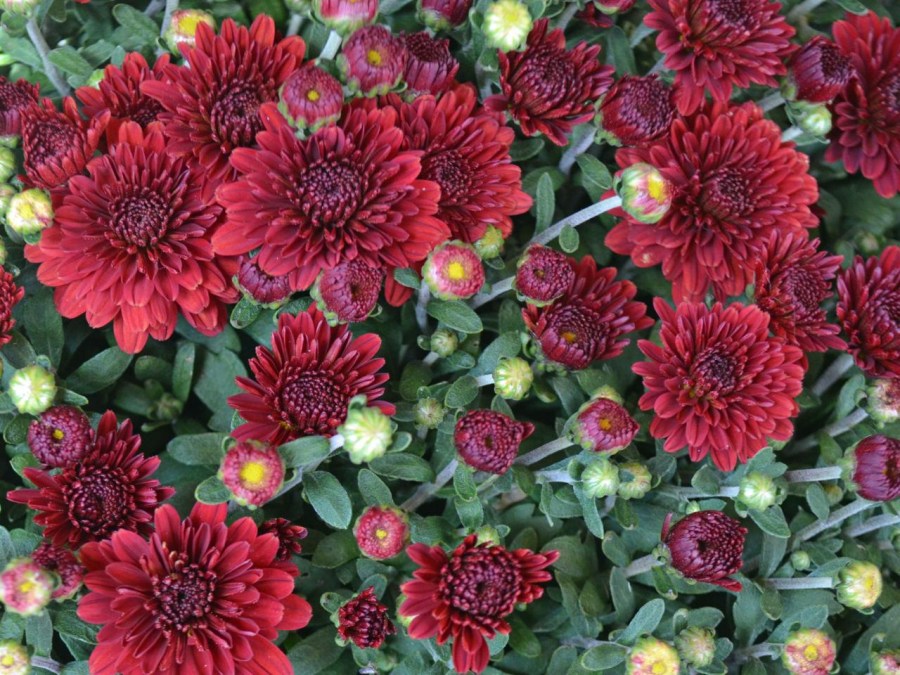
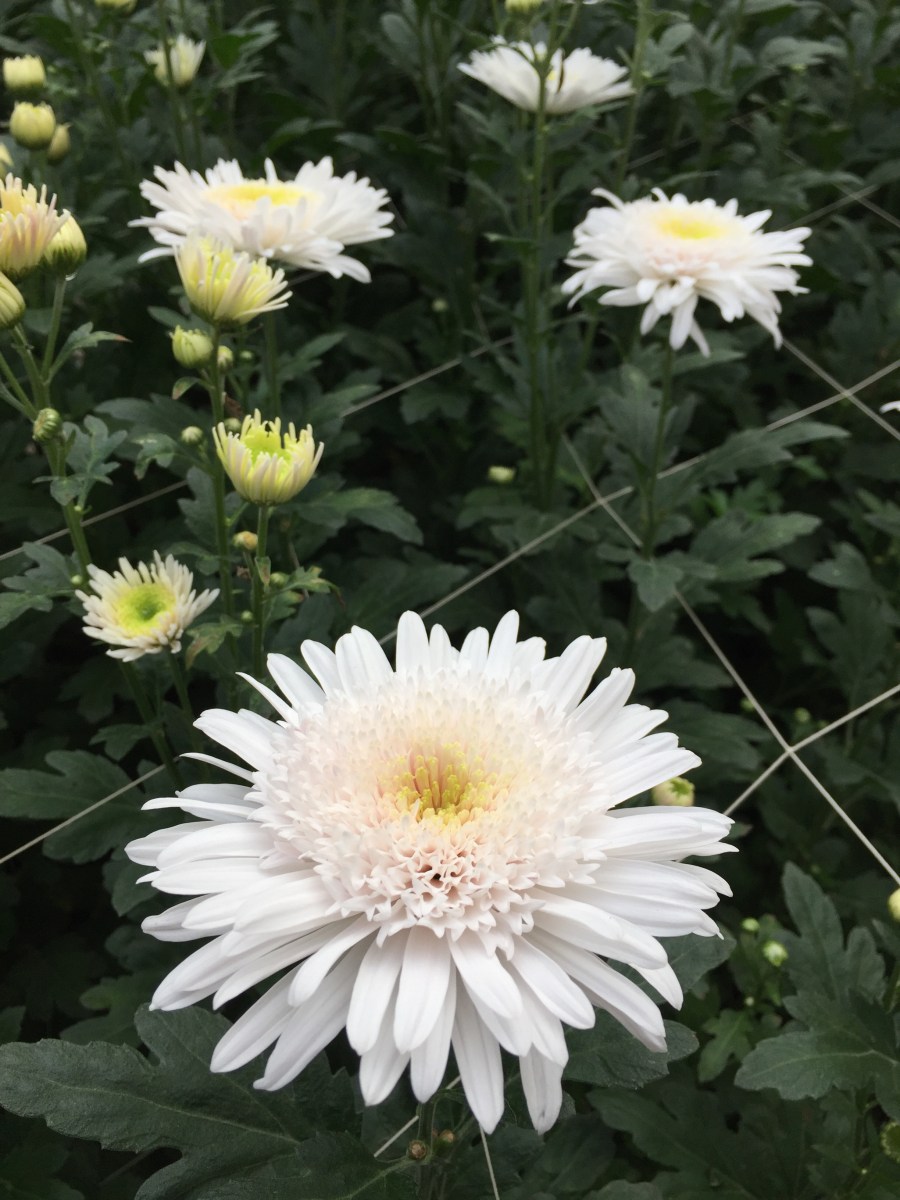
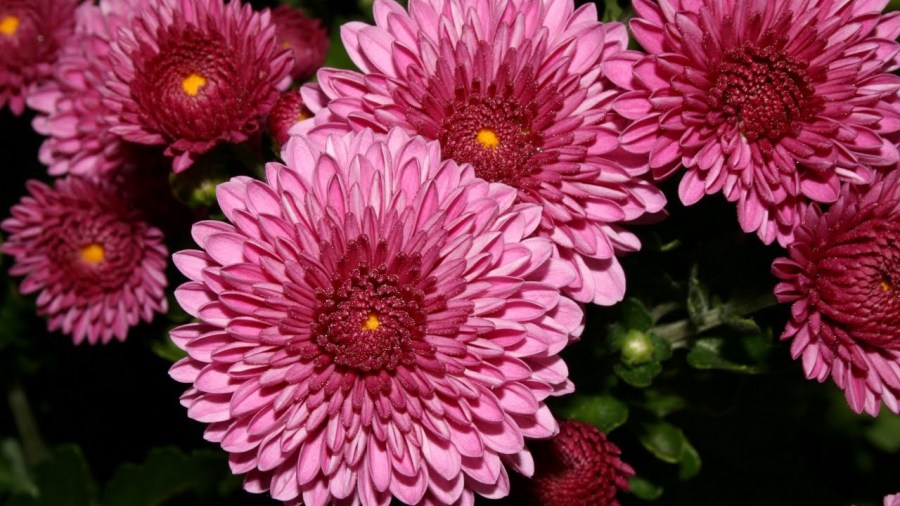


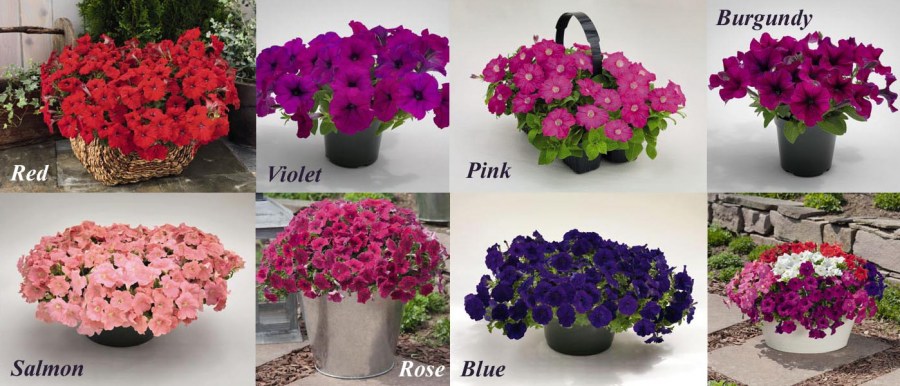
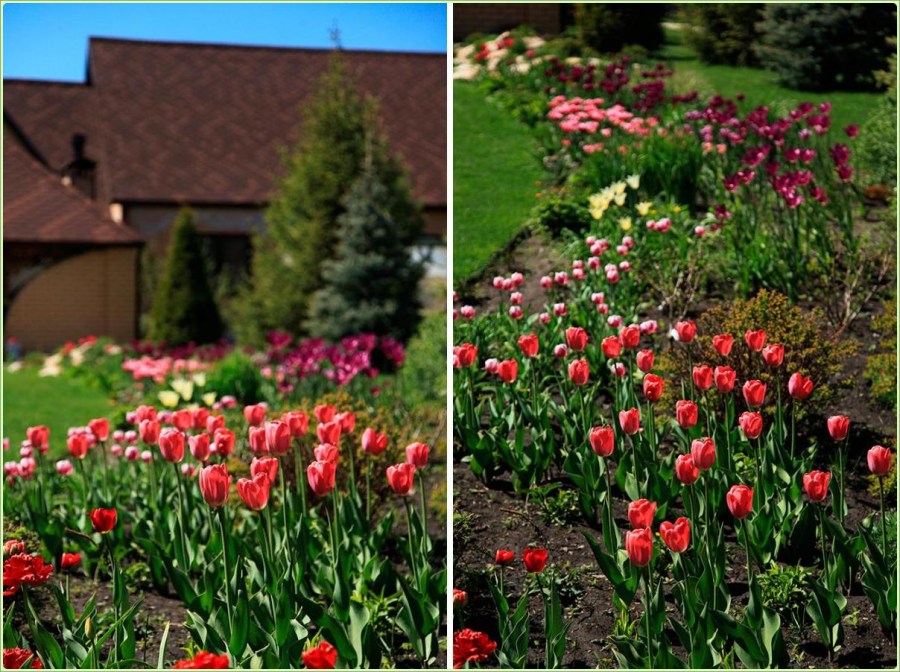
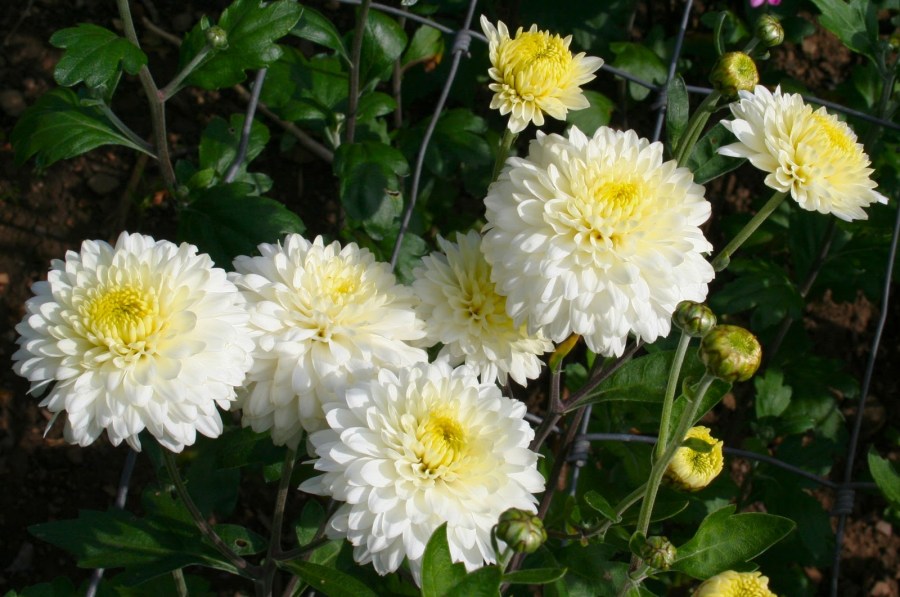
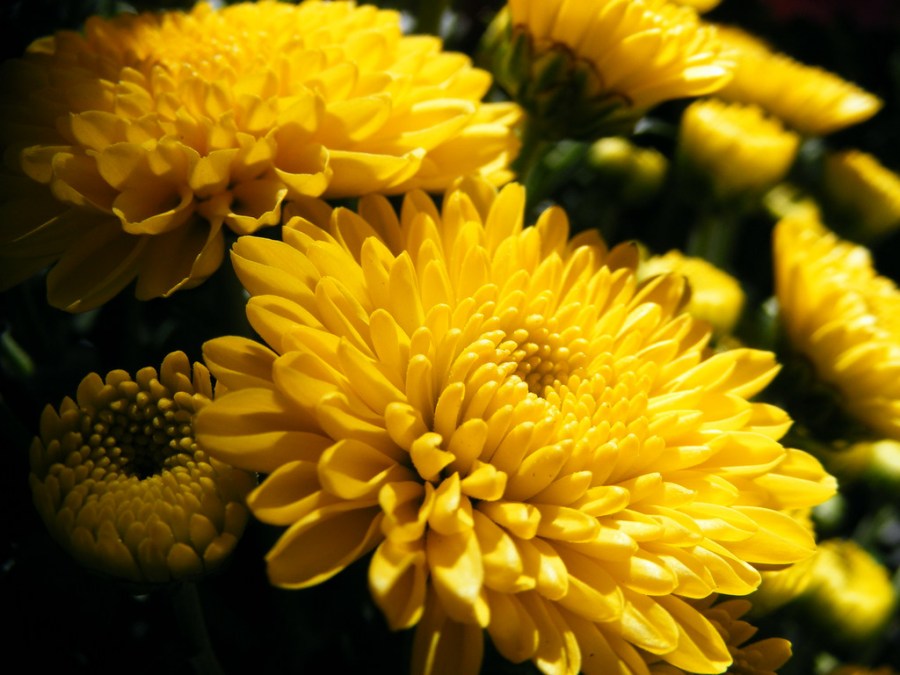
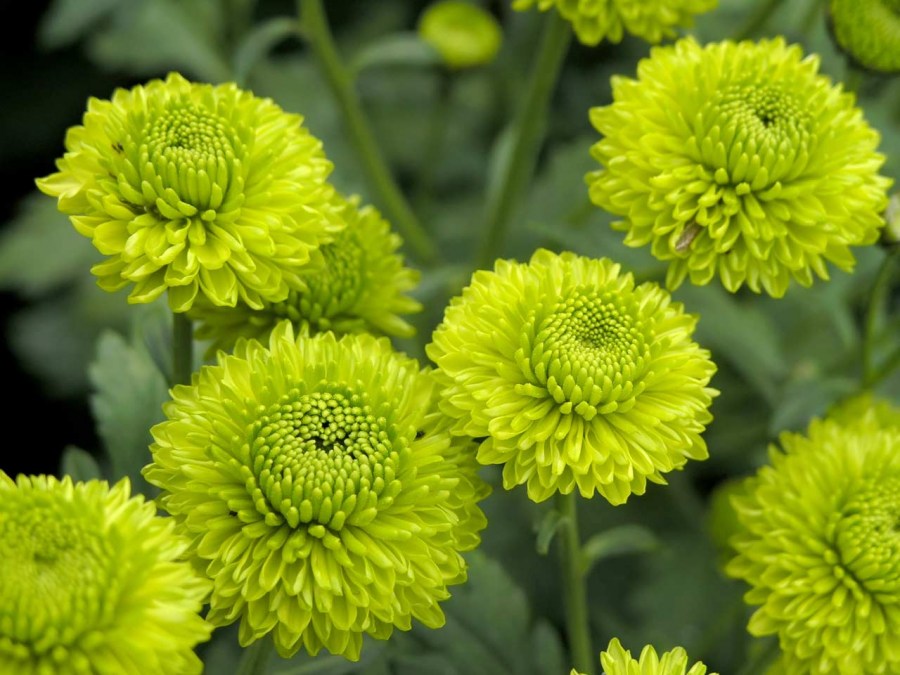
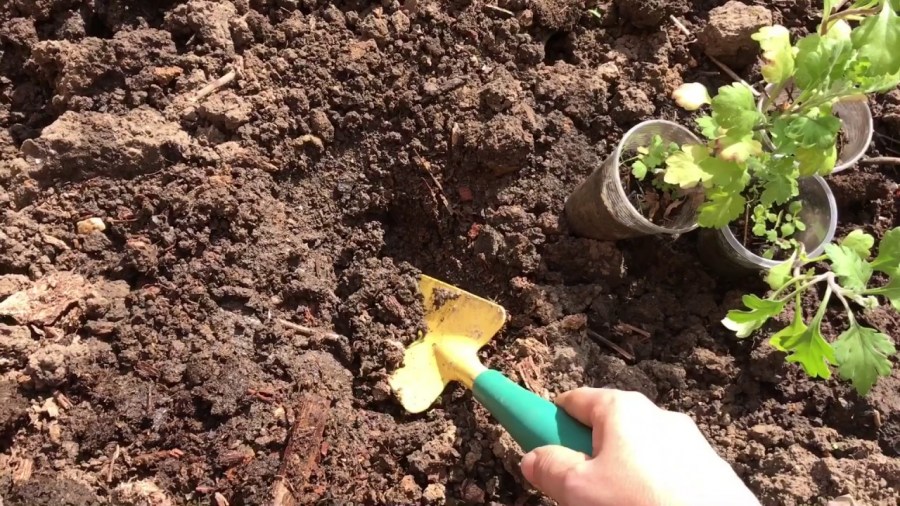





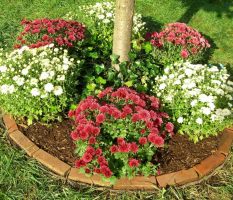



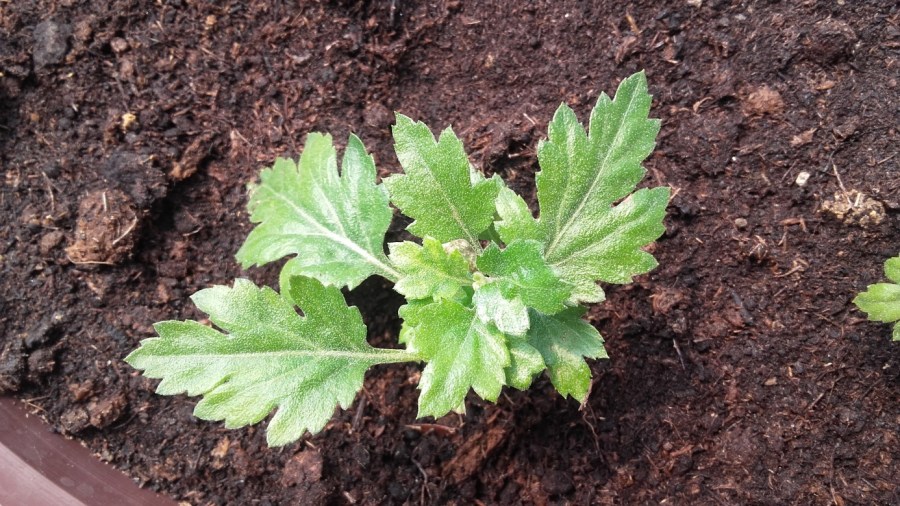

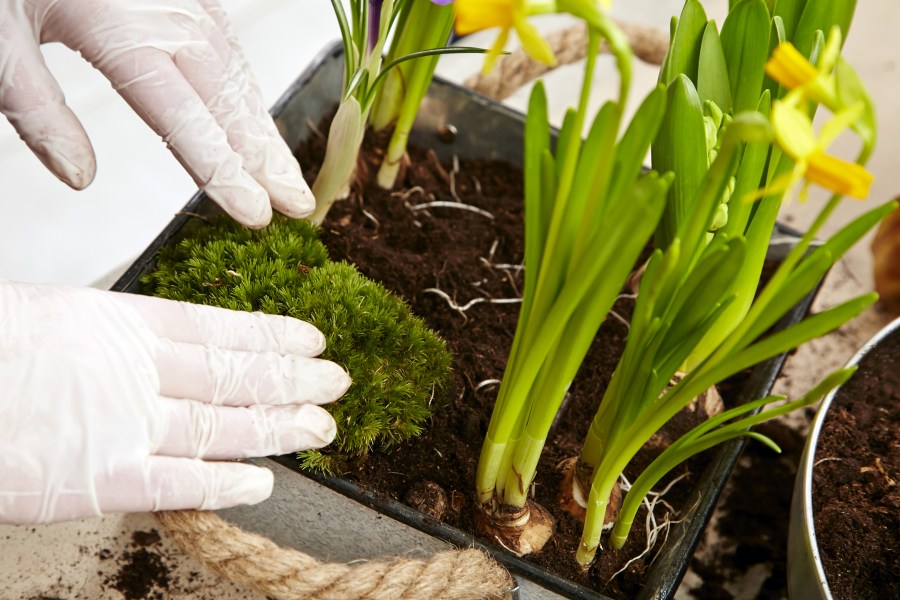
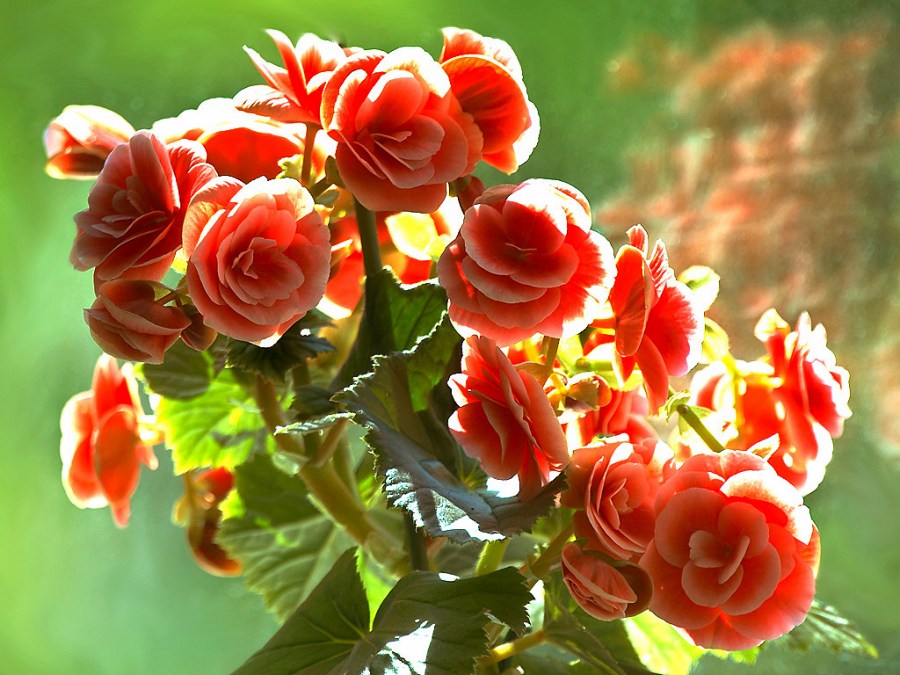
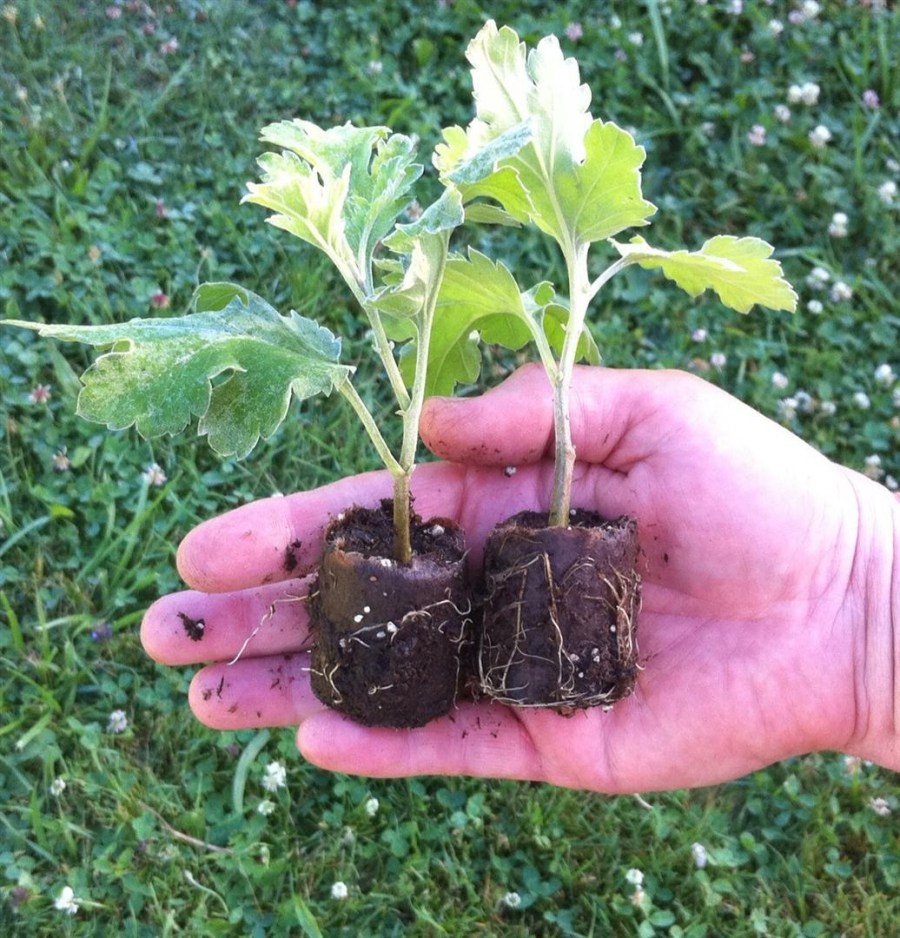

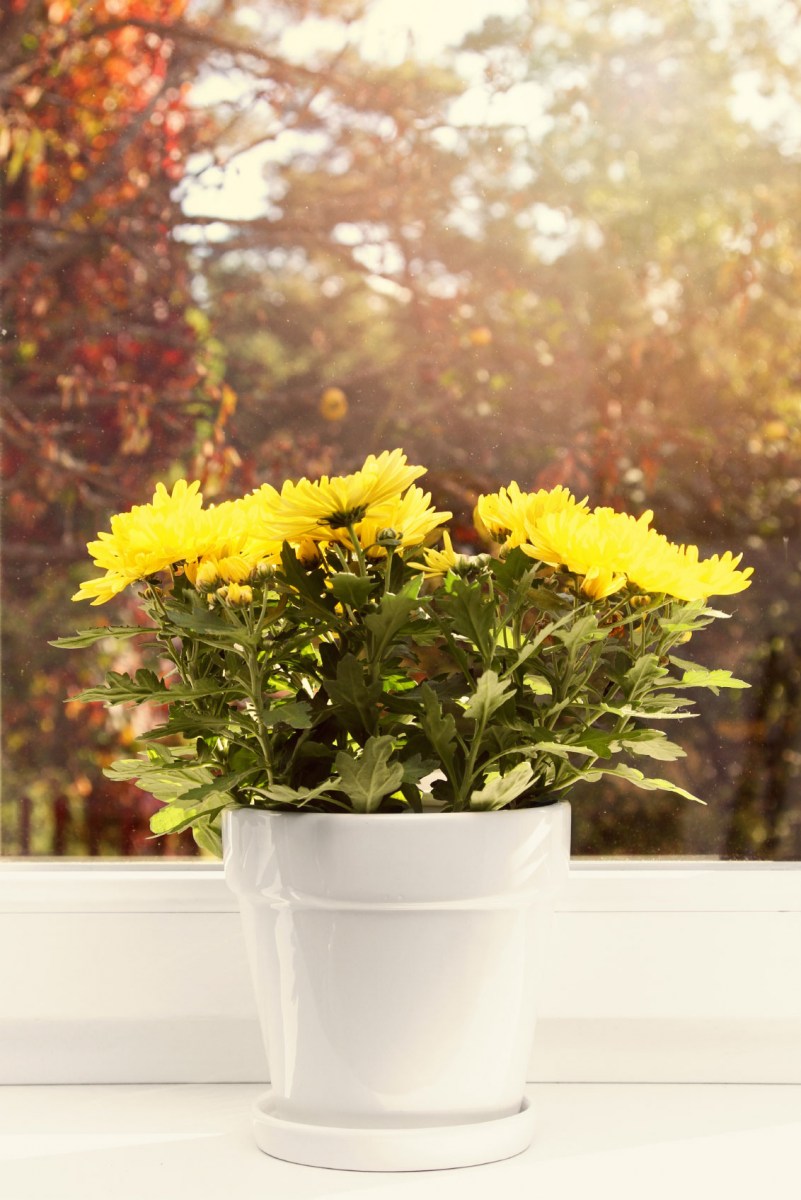
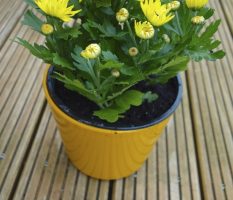


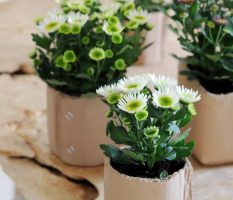


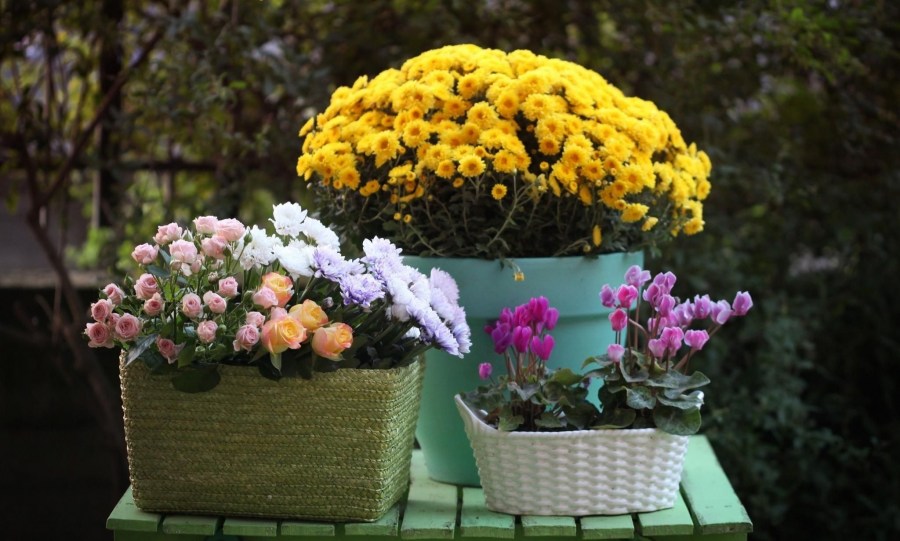


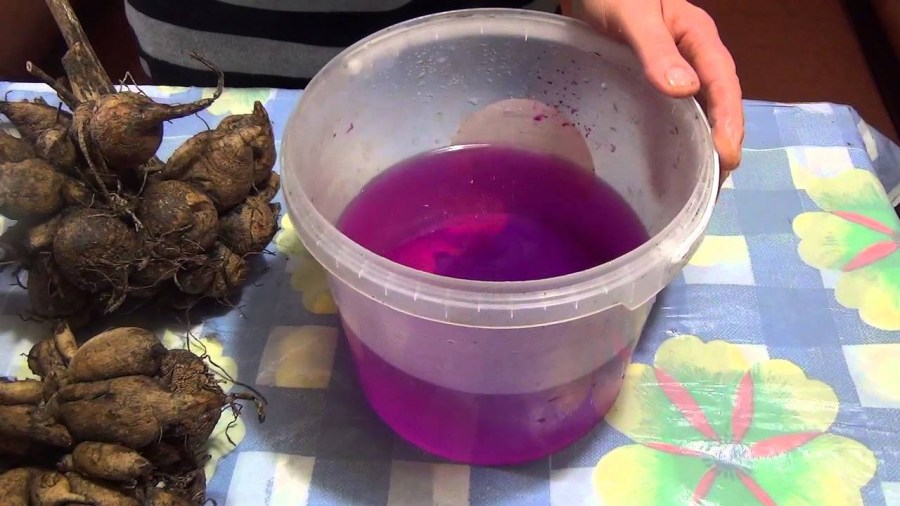

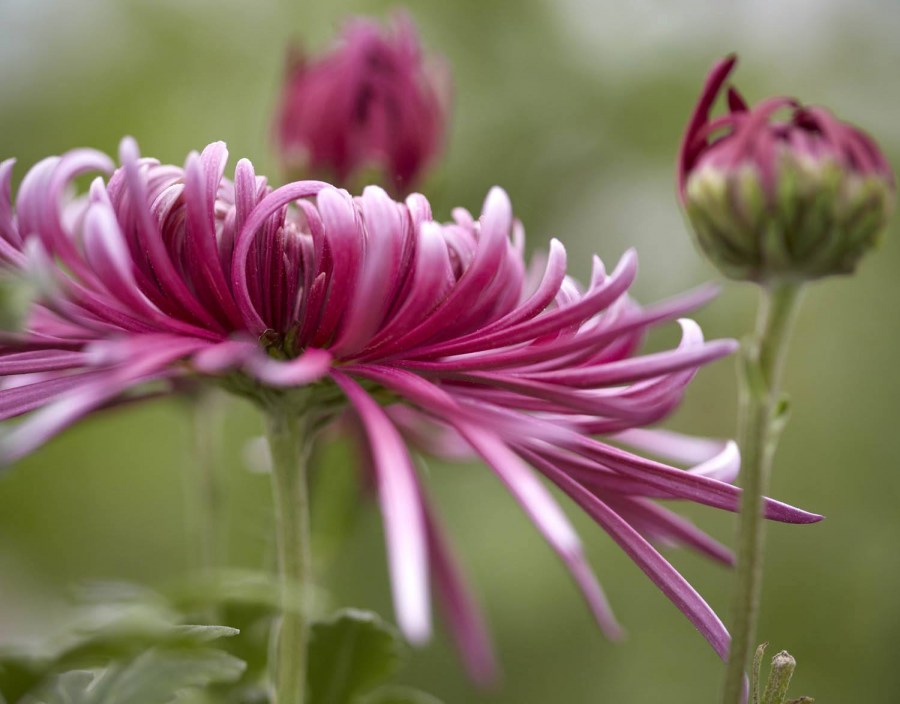
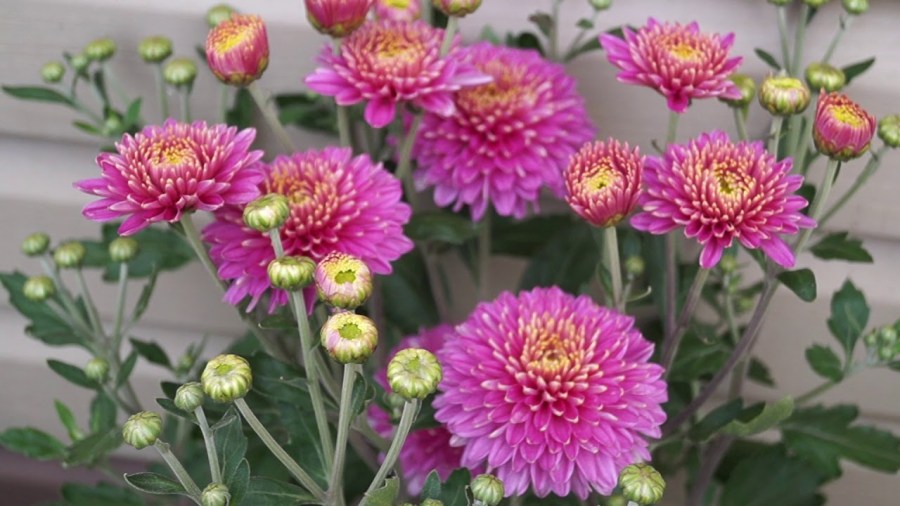
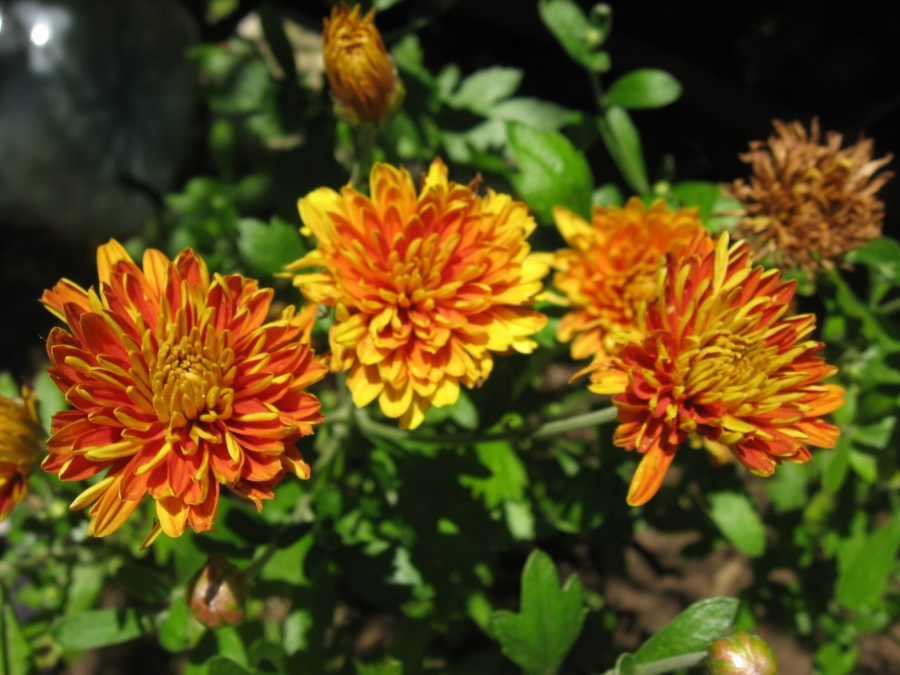
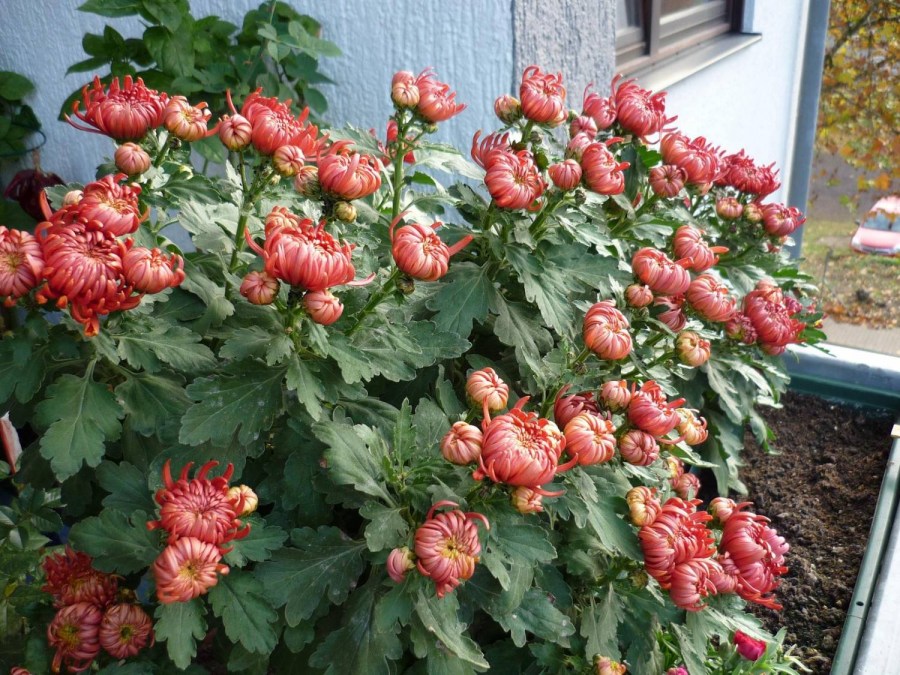


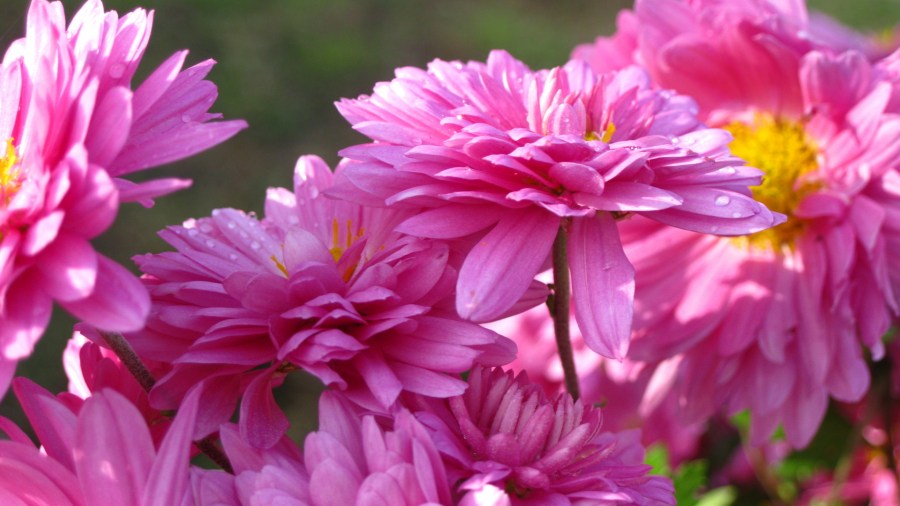
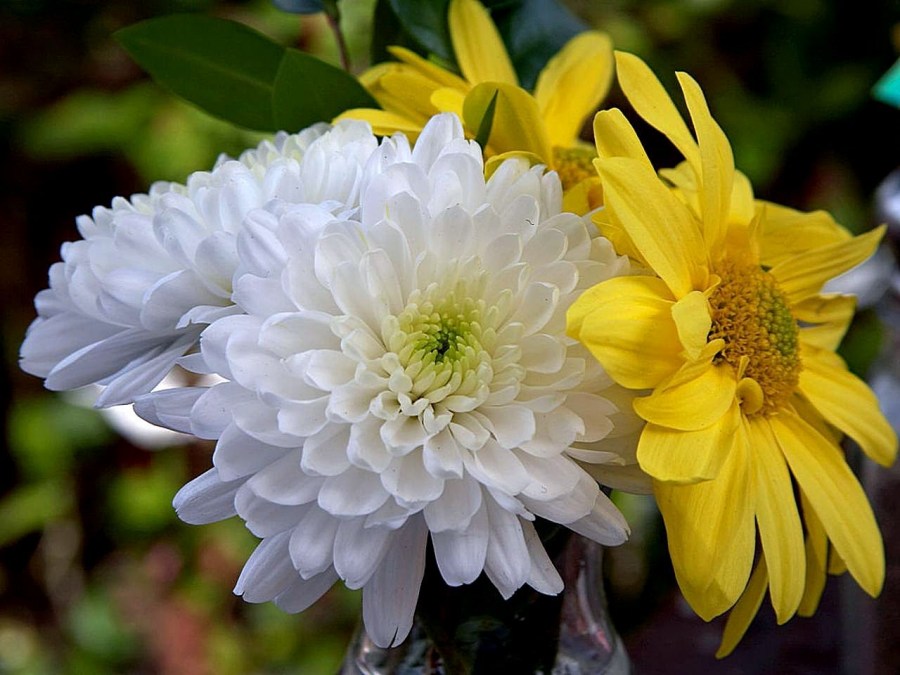

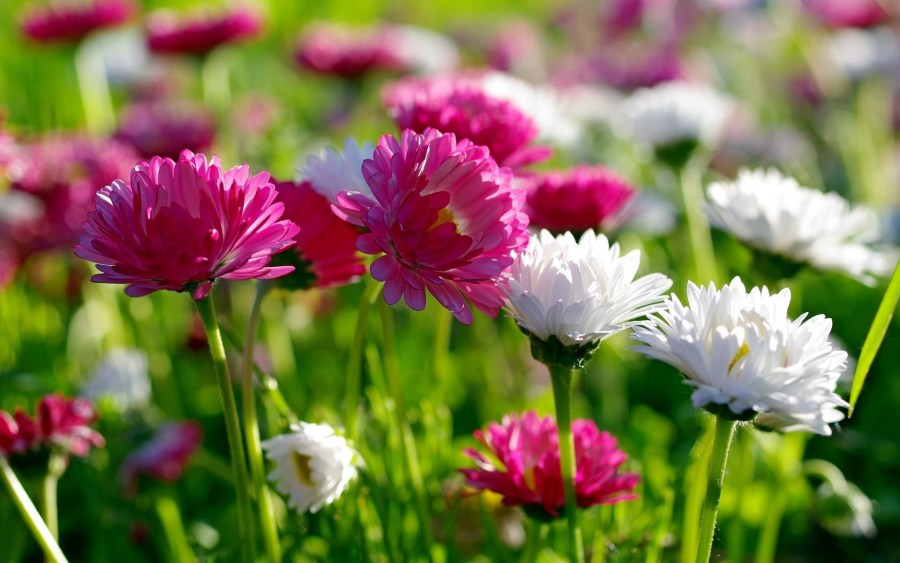
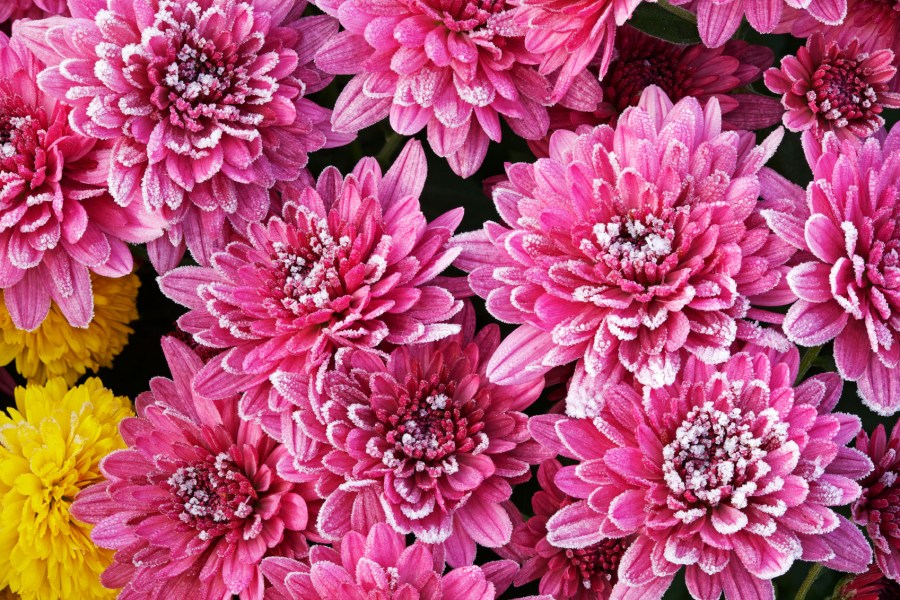
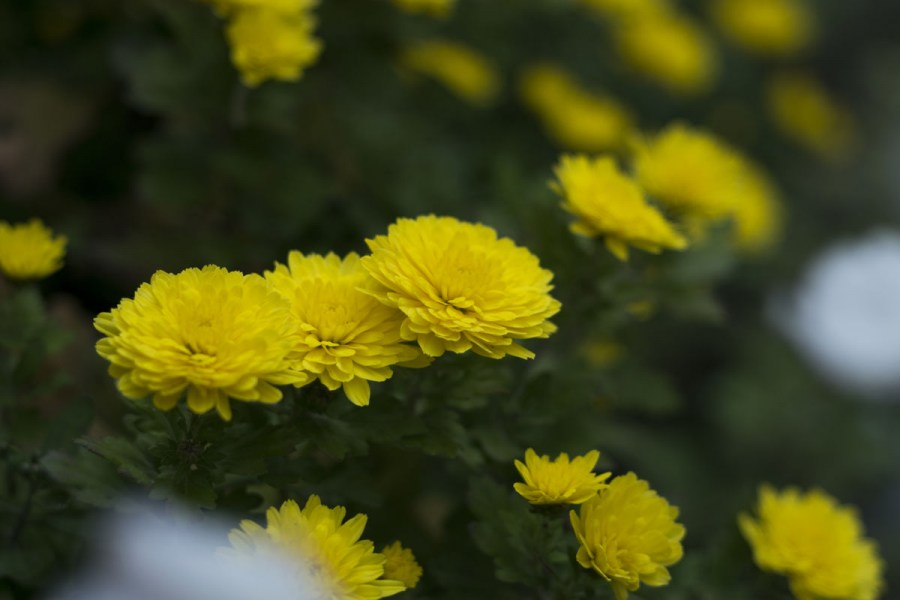
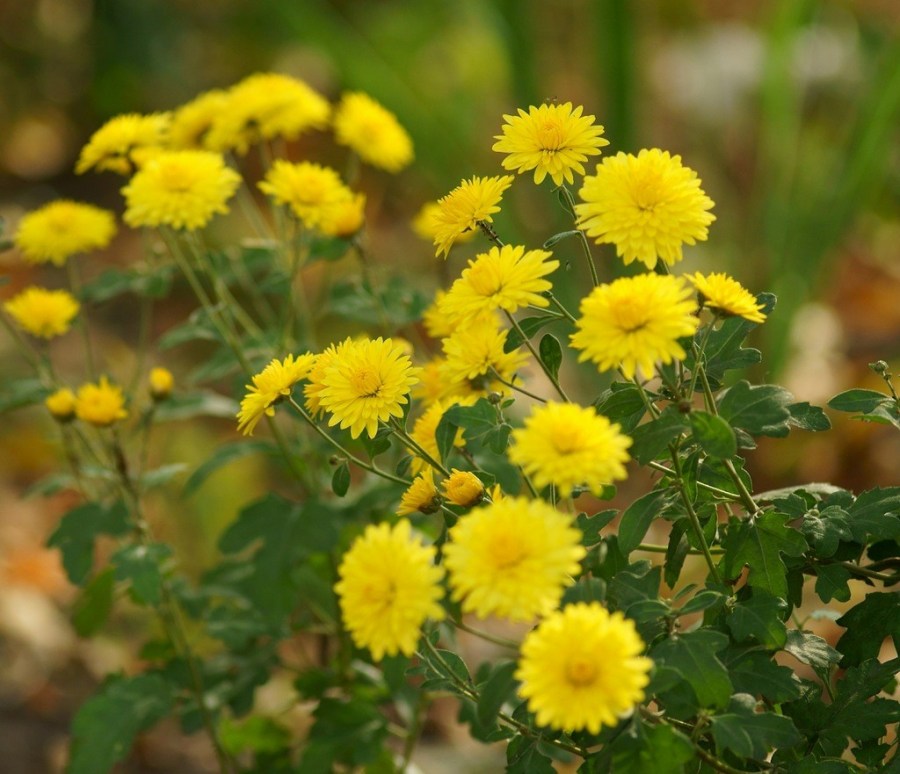
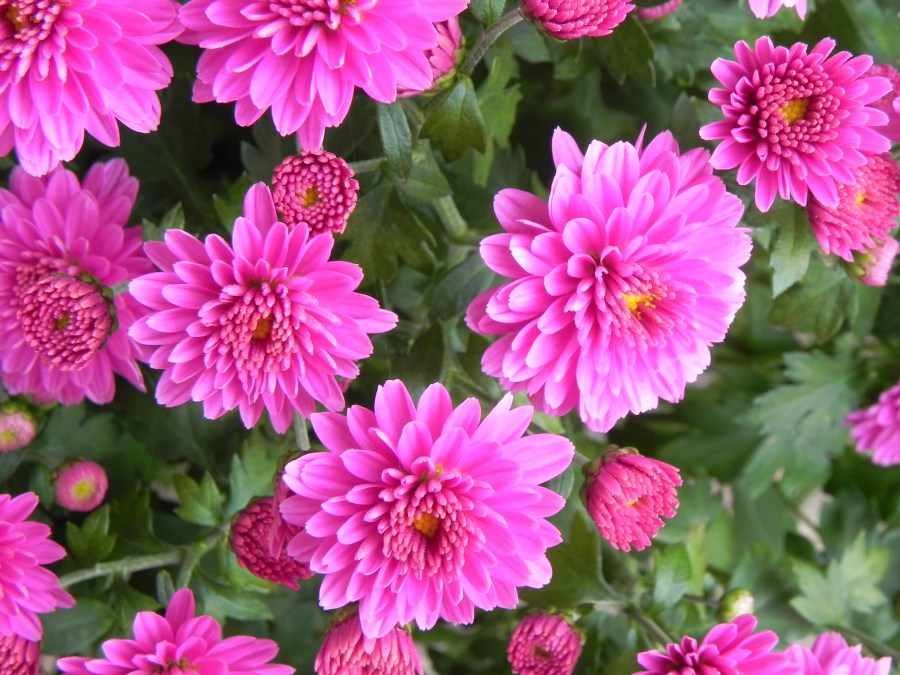
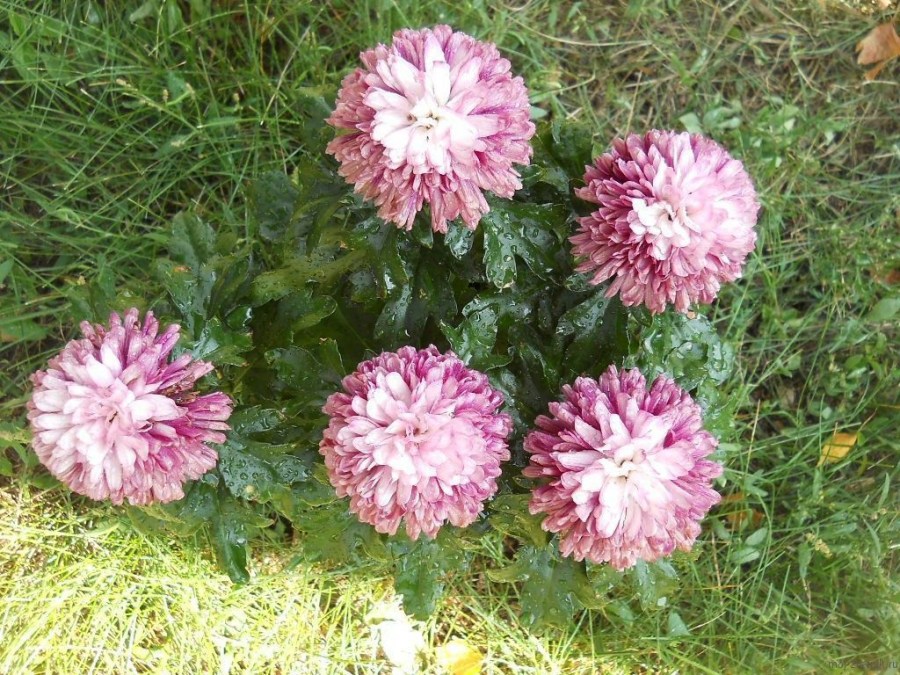

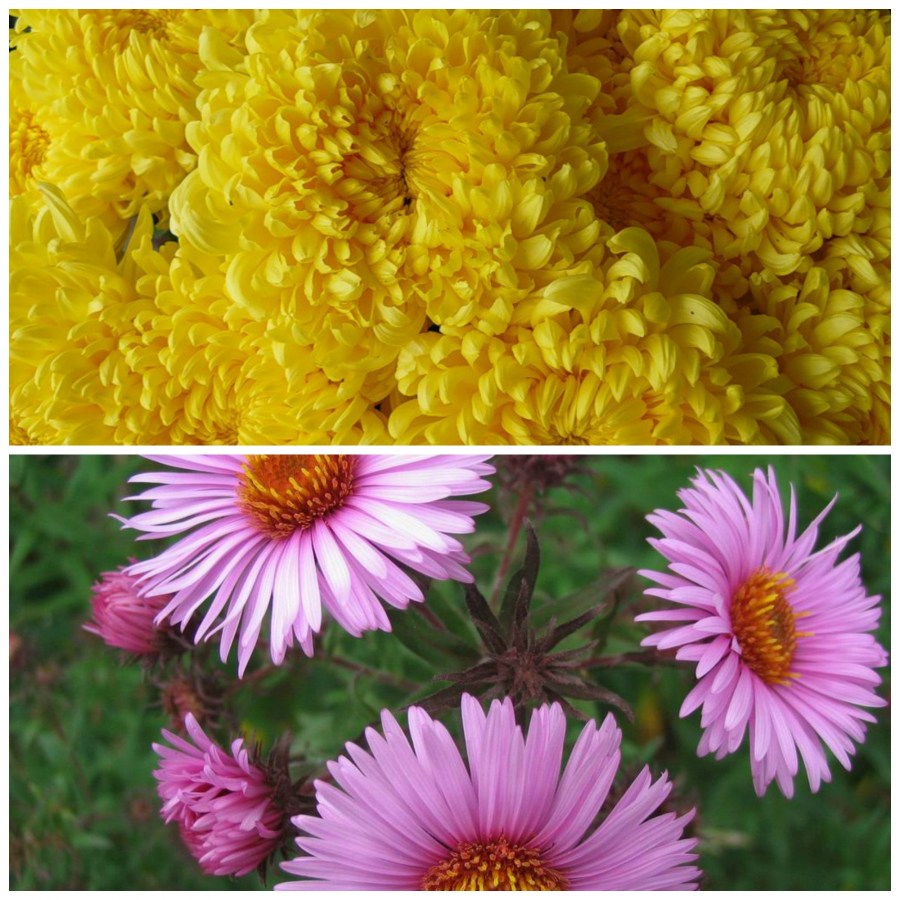
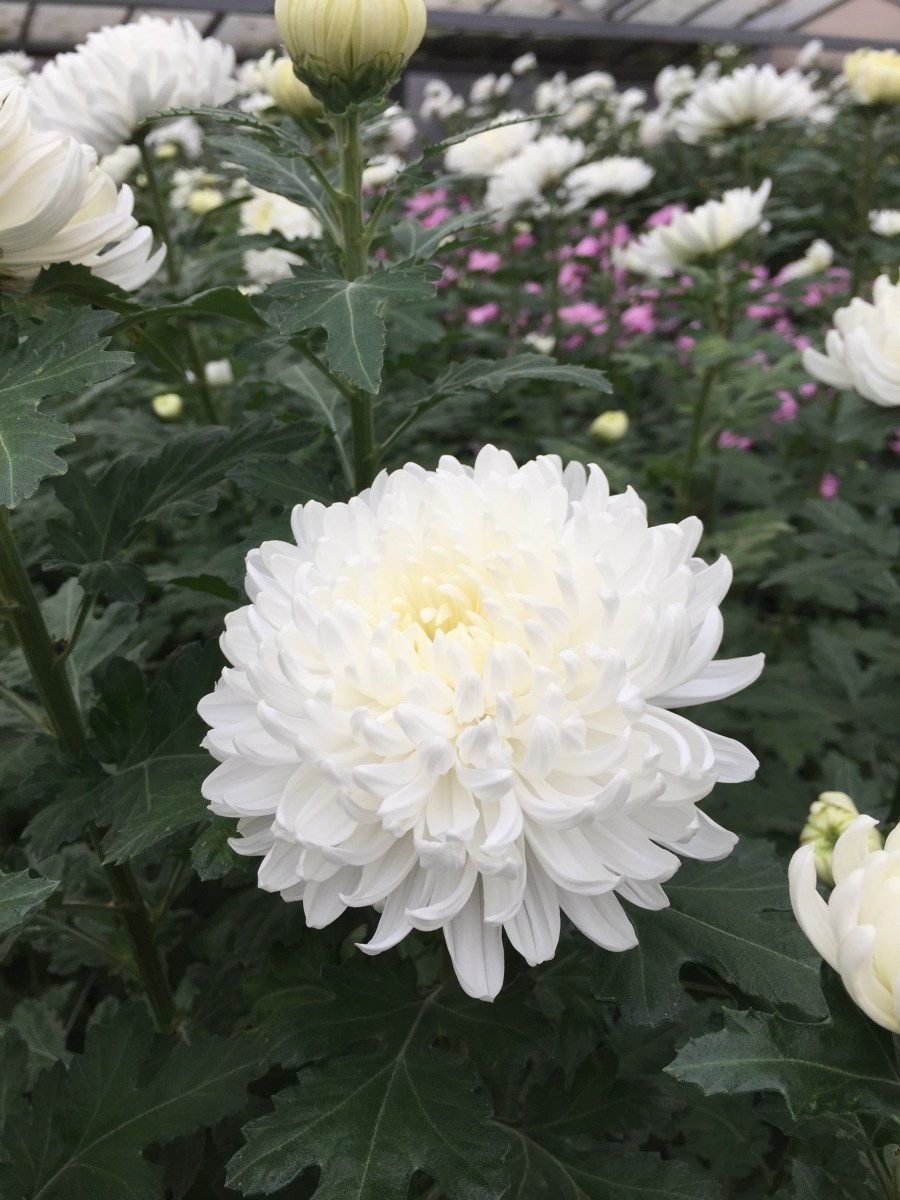
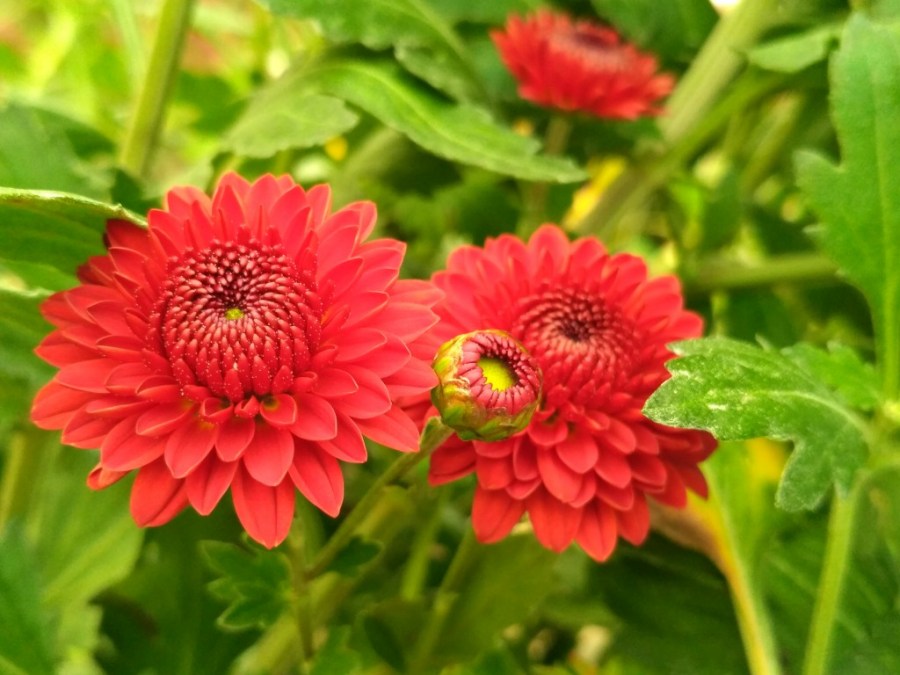
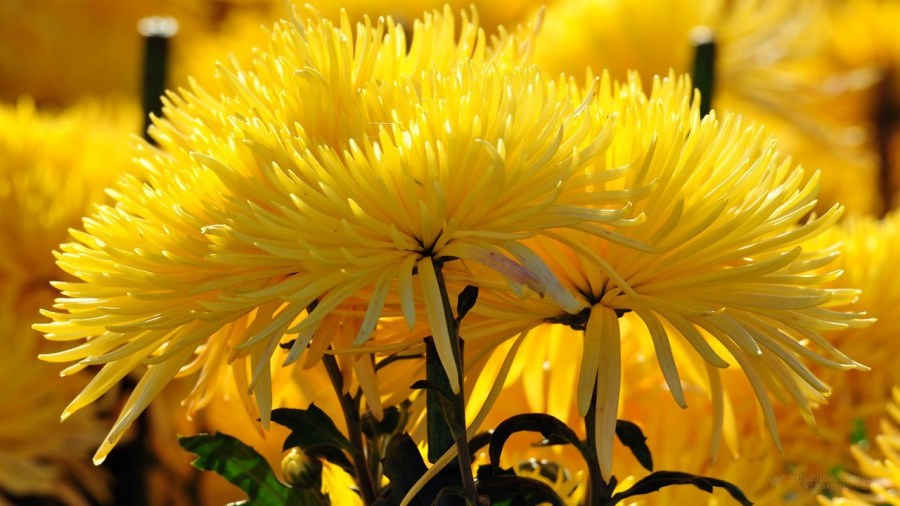
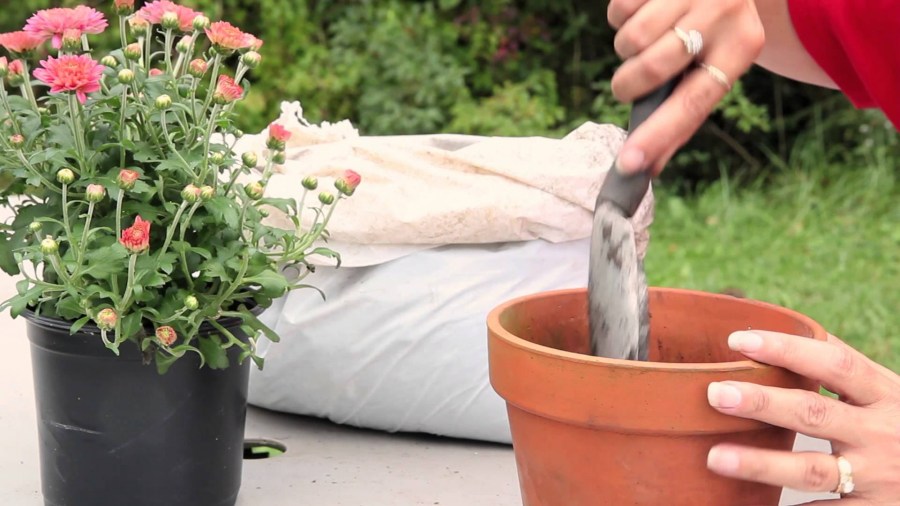
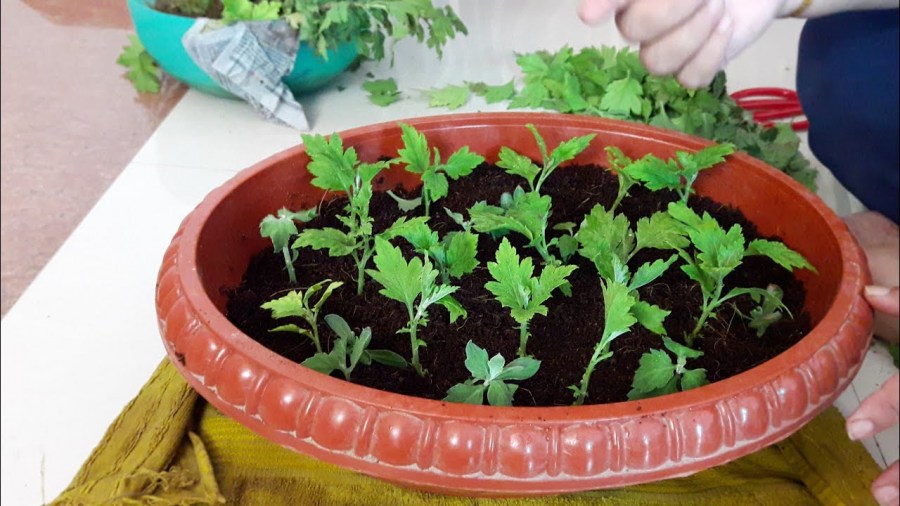
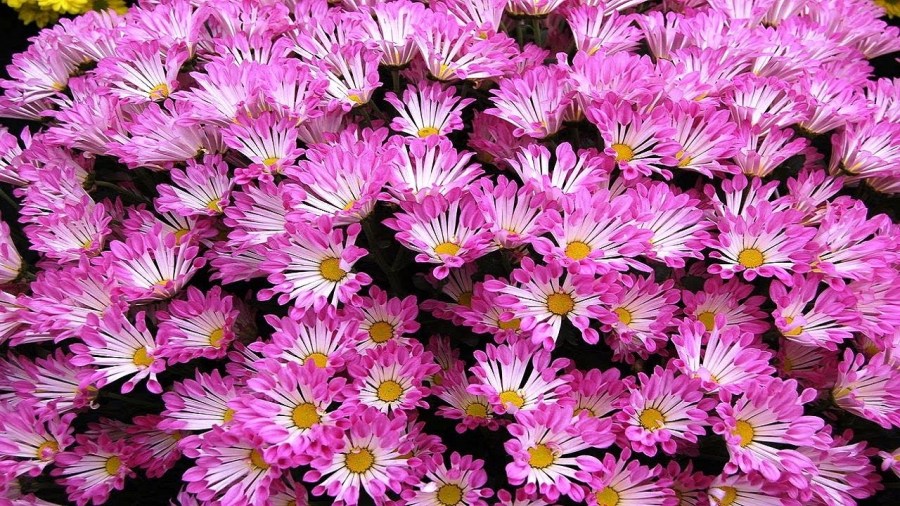
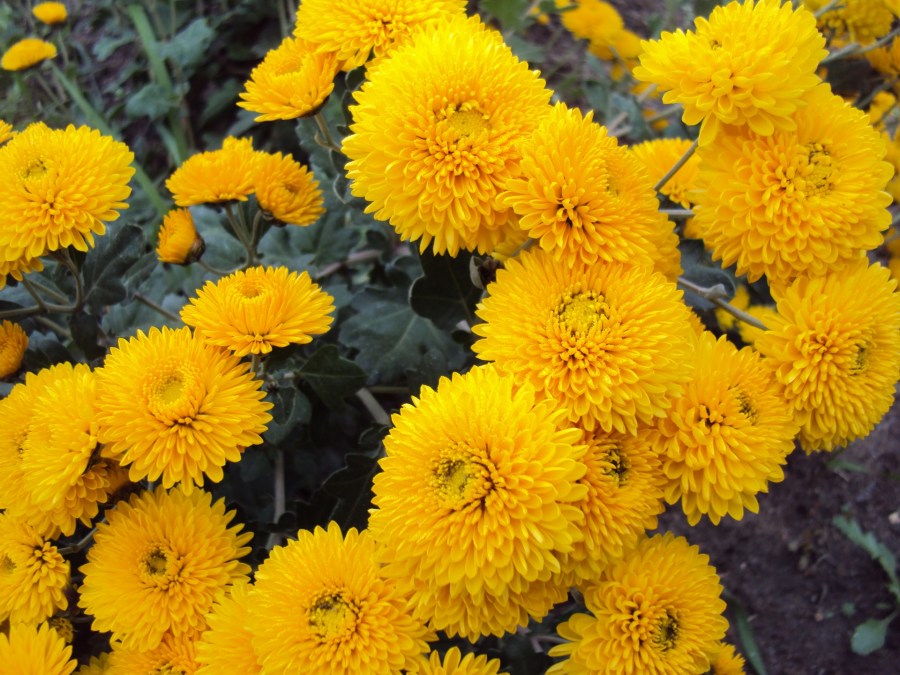
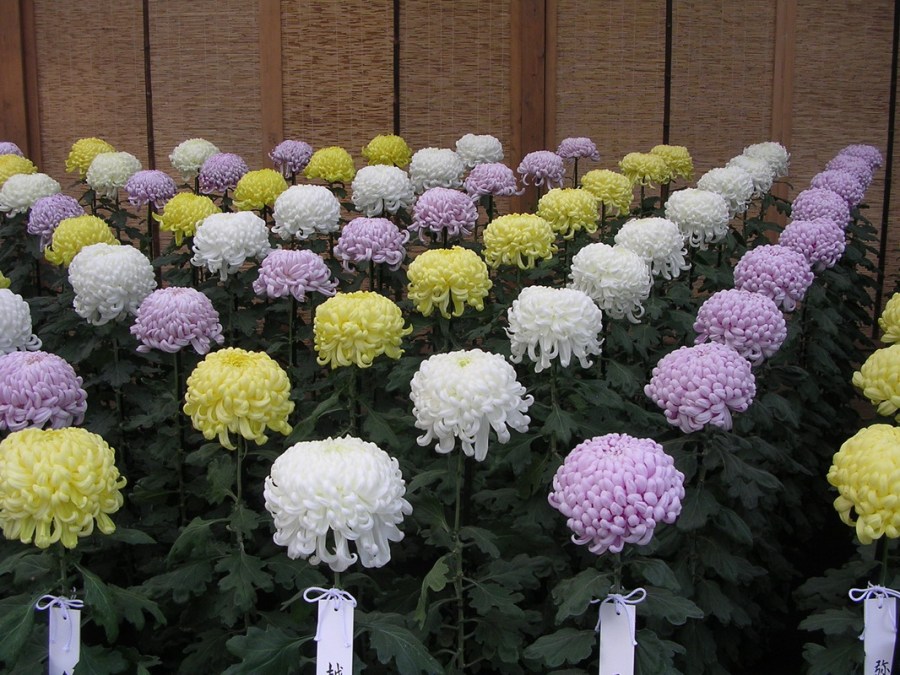
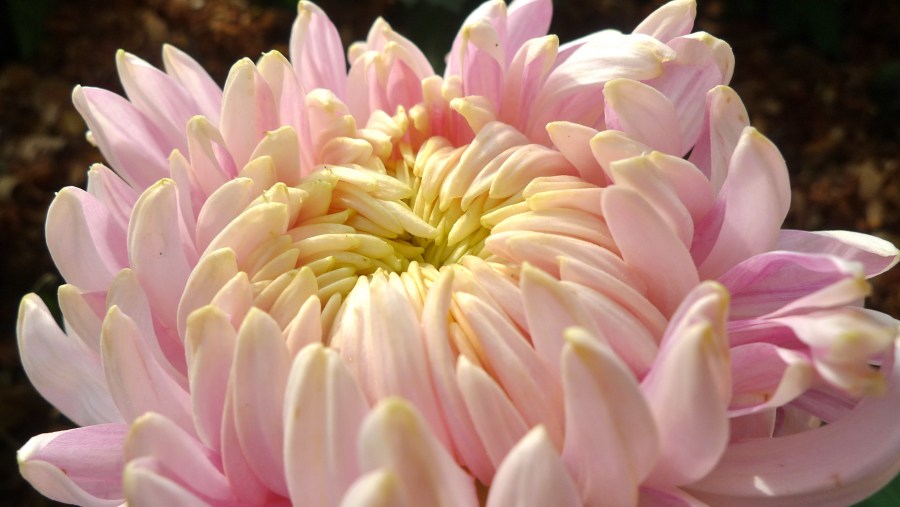
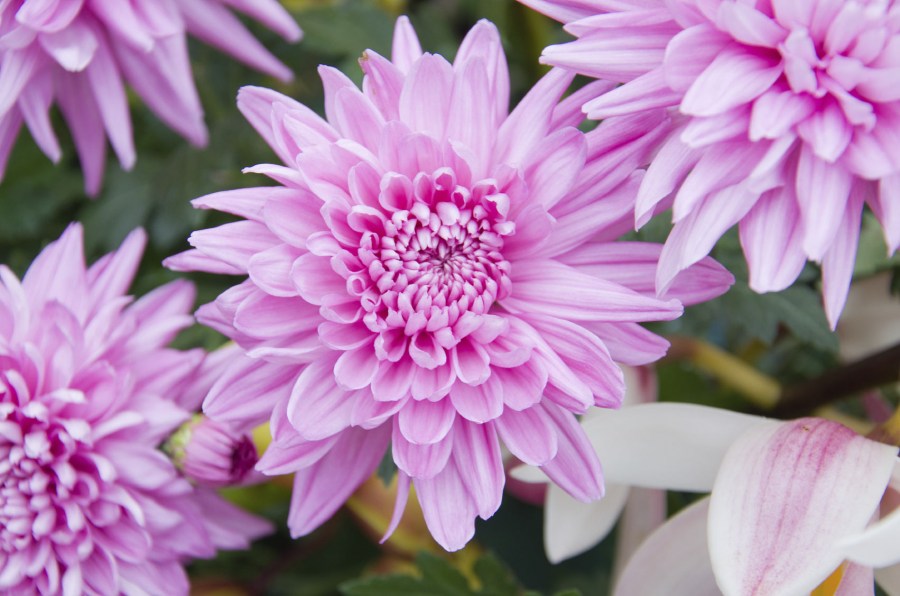
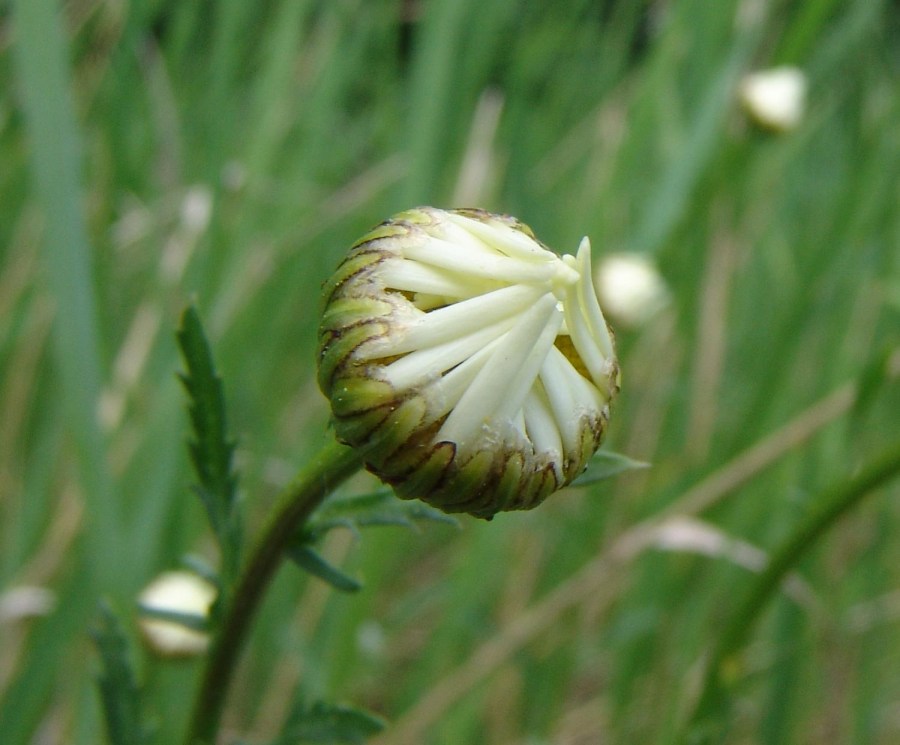
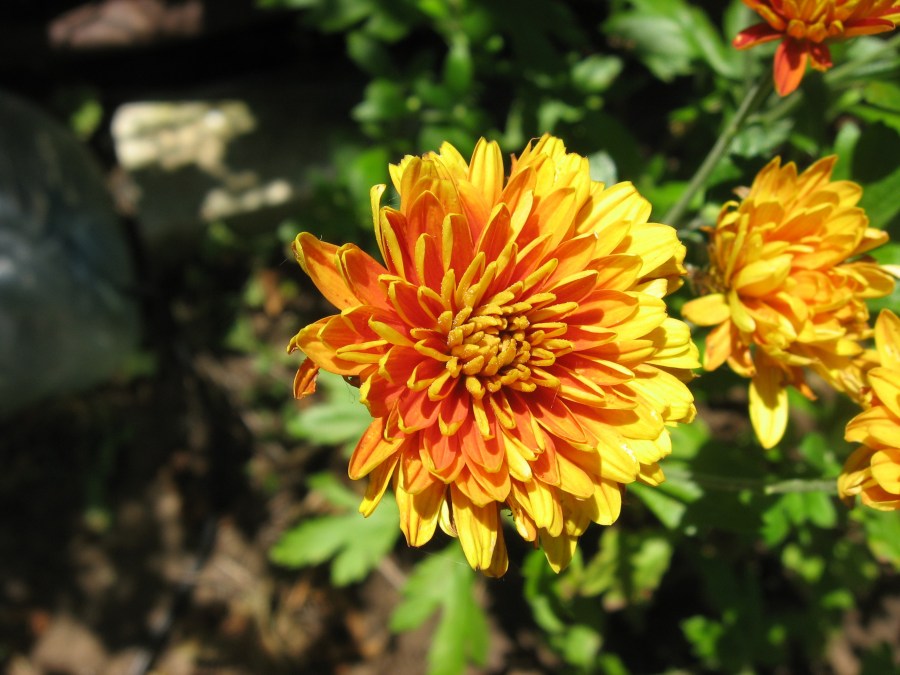
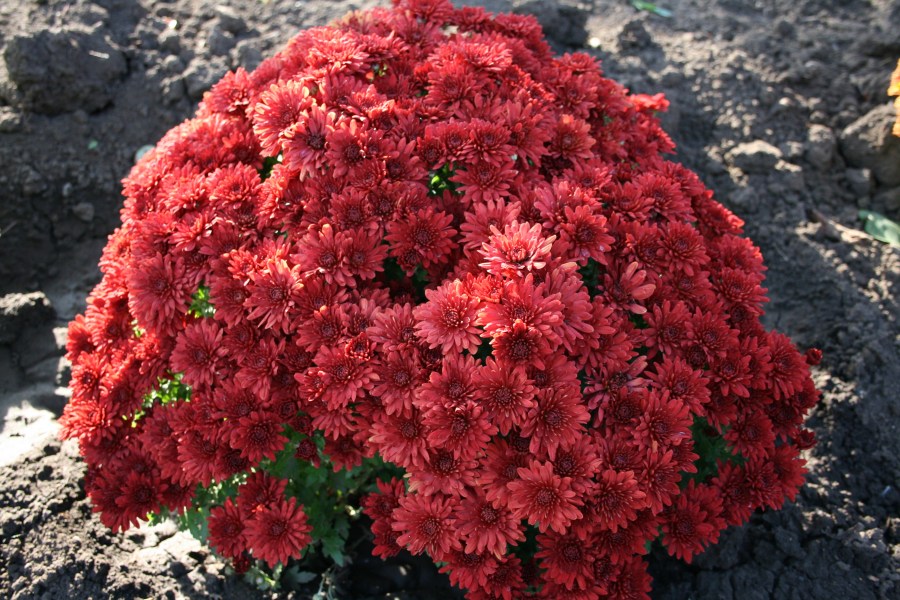
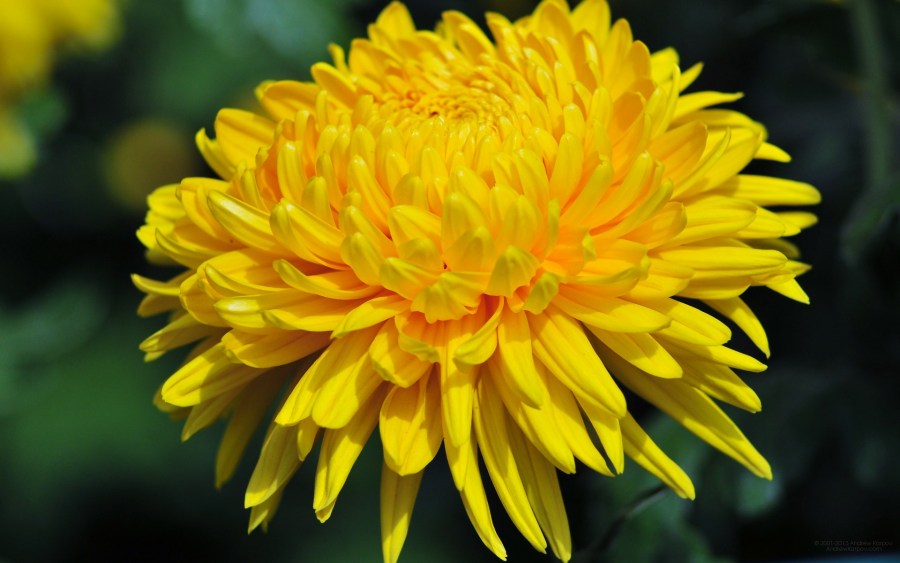


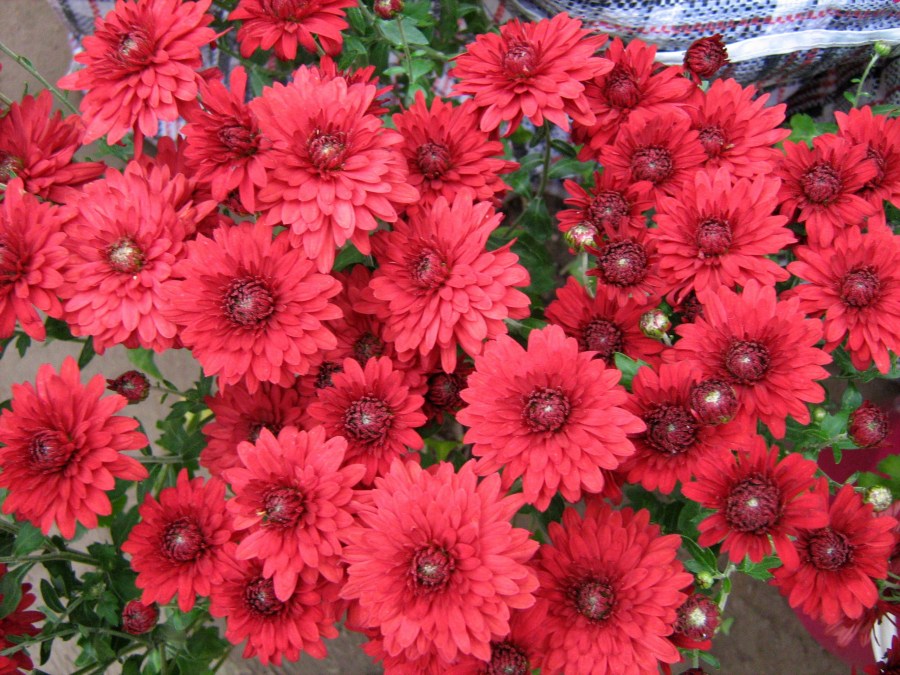
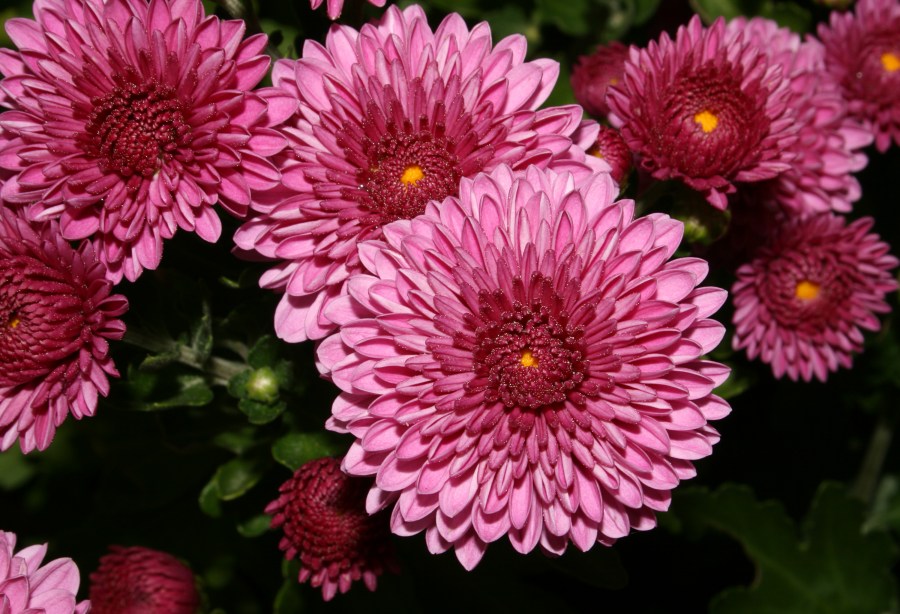
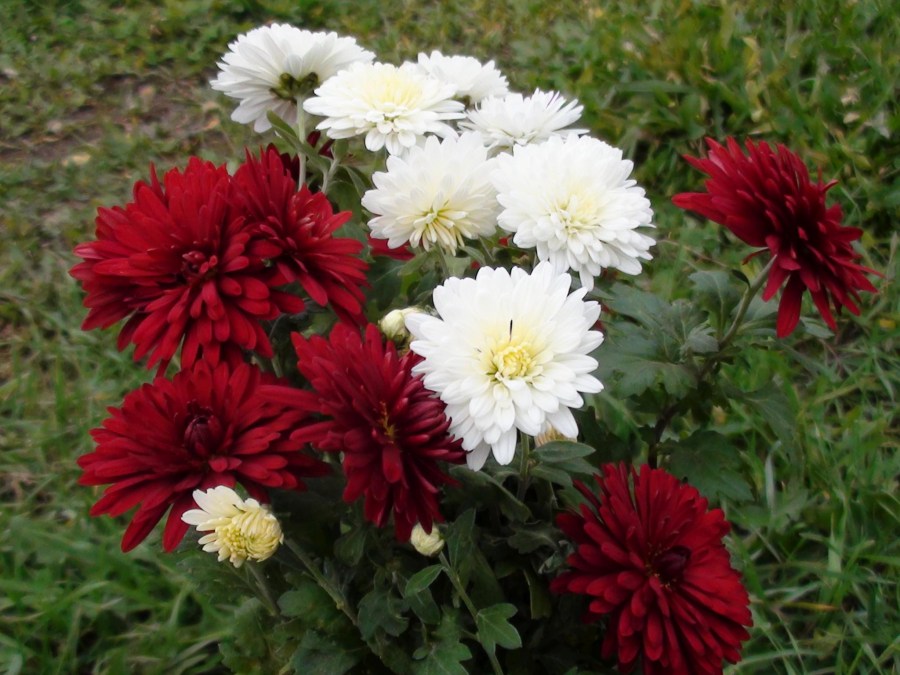
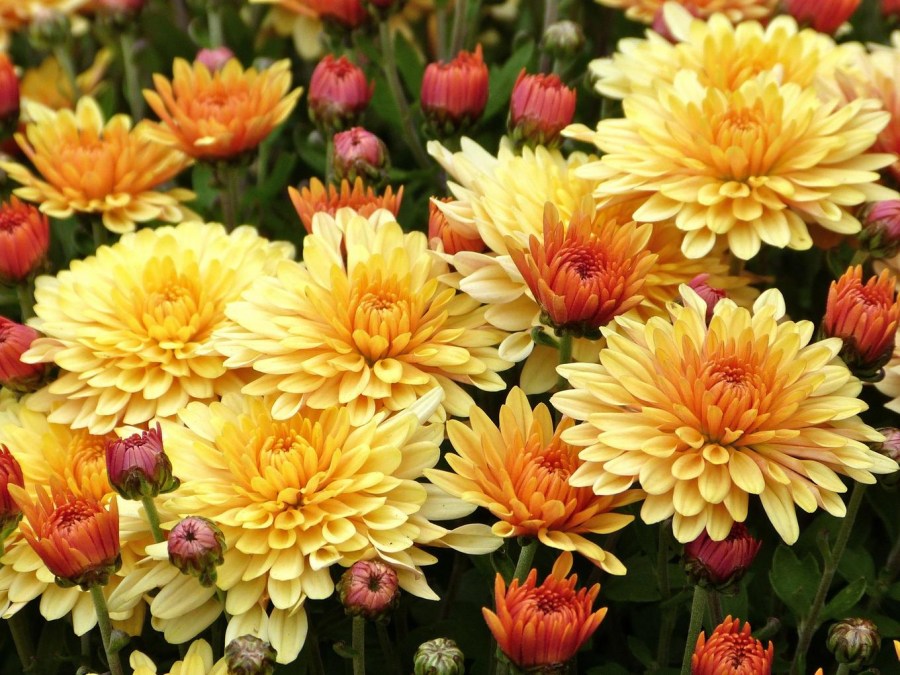


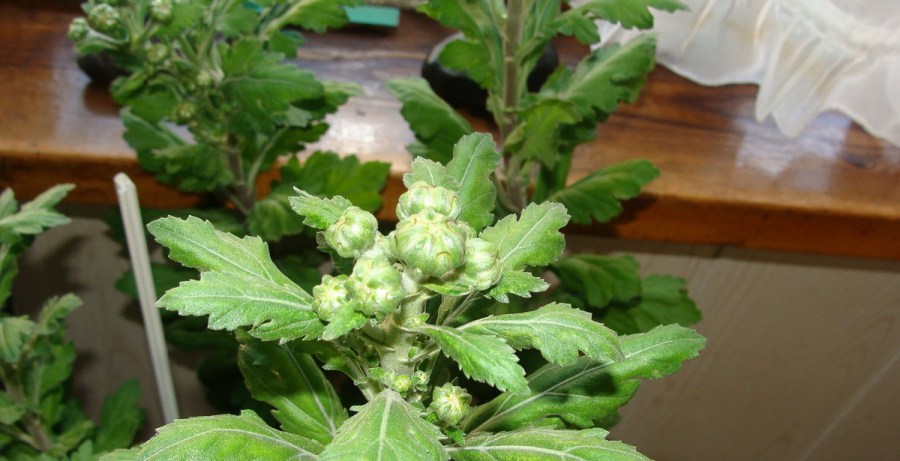
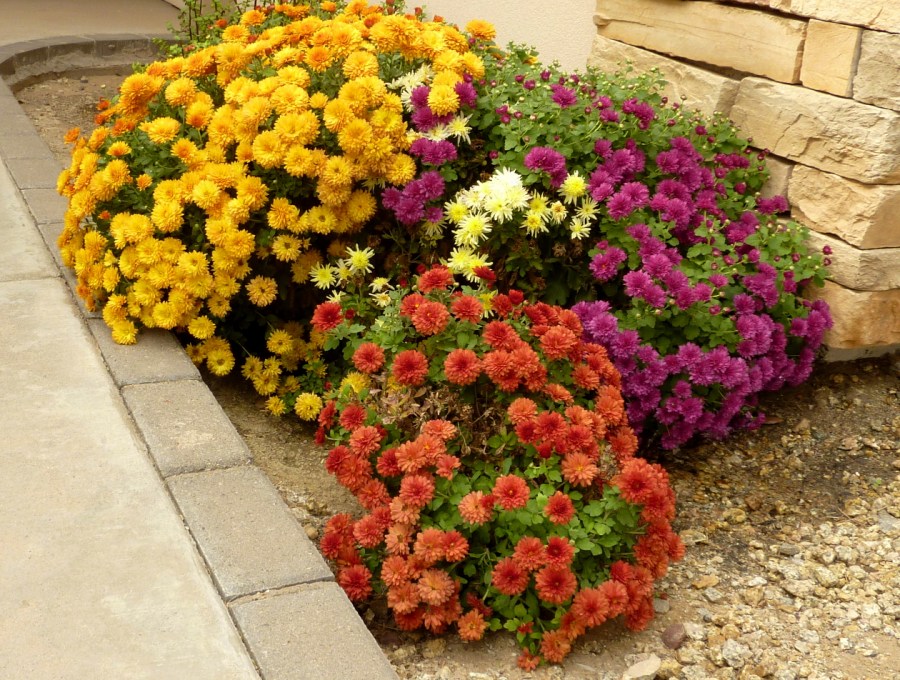
I remember that in childhood in the country, parents always planted chrysanthemums. How beautiful it was when they bloomed. Probably it's time for me to think about planting flowers in the country.